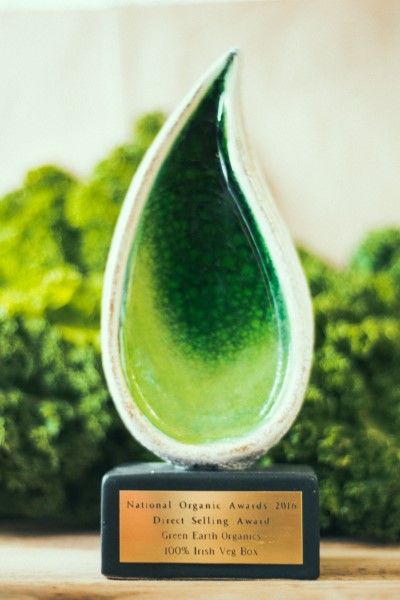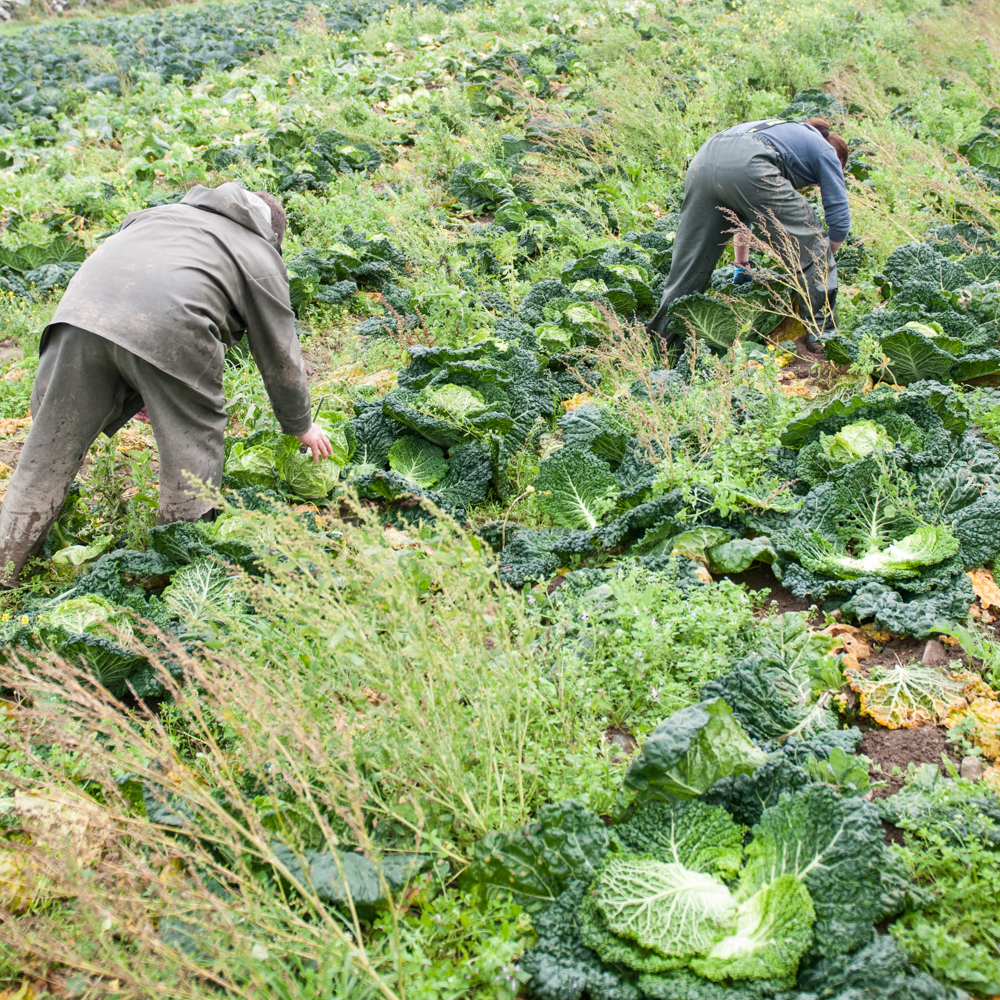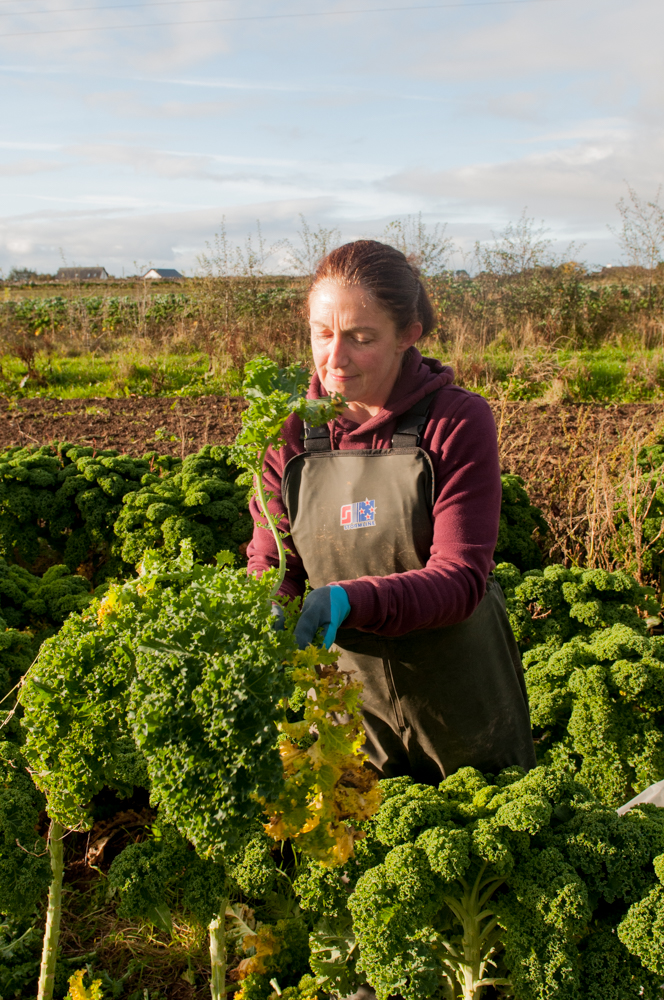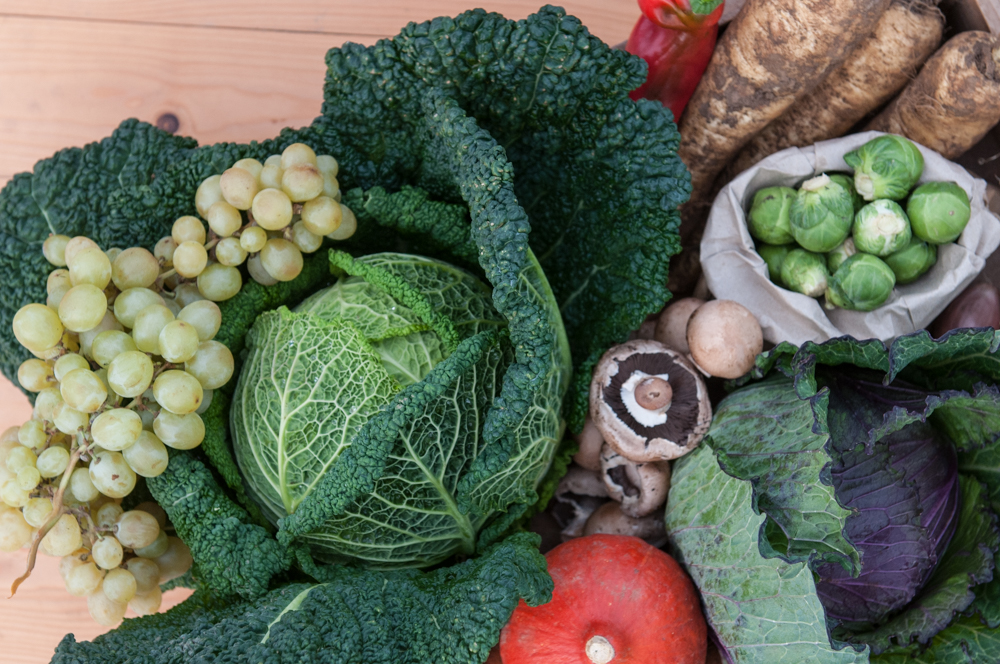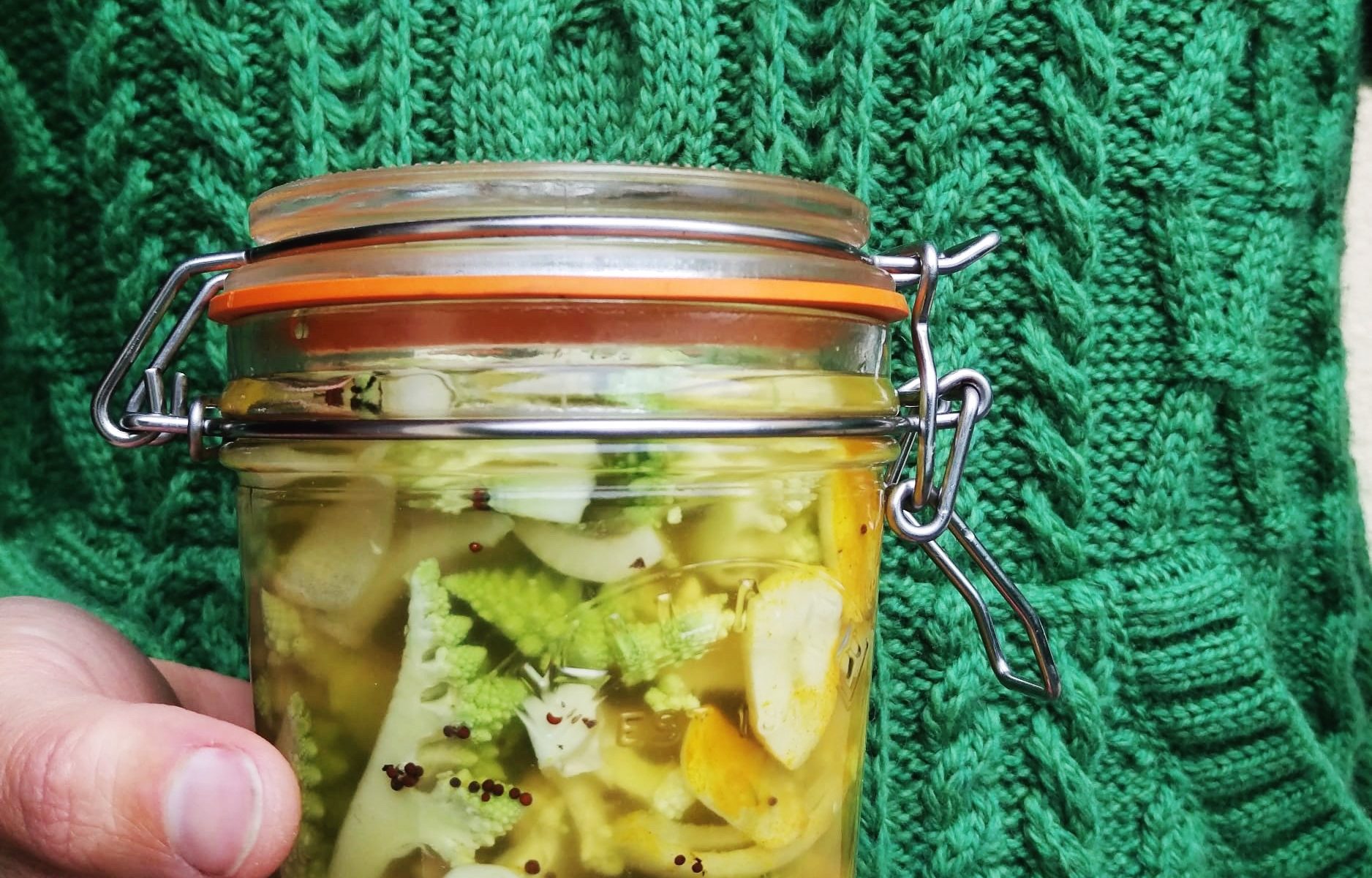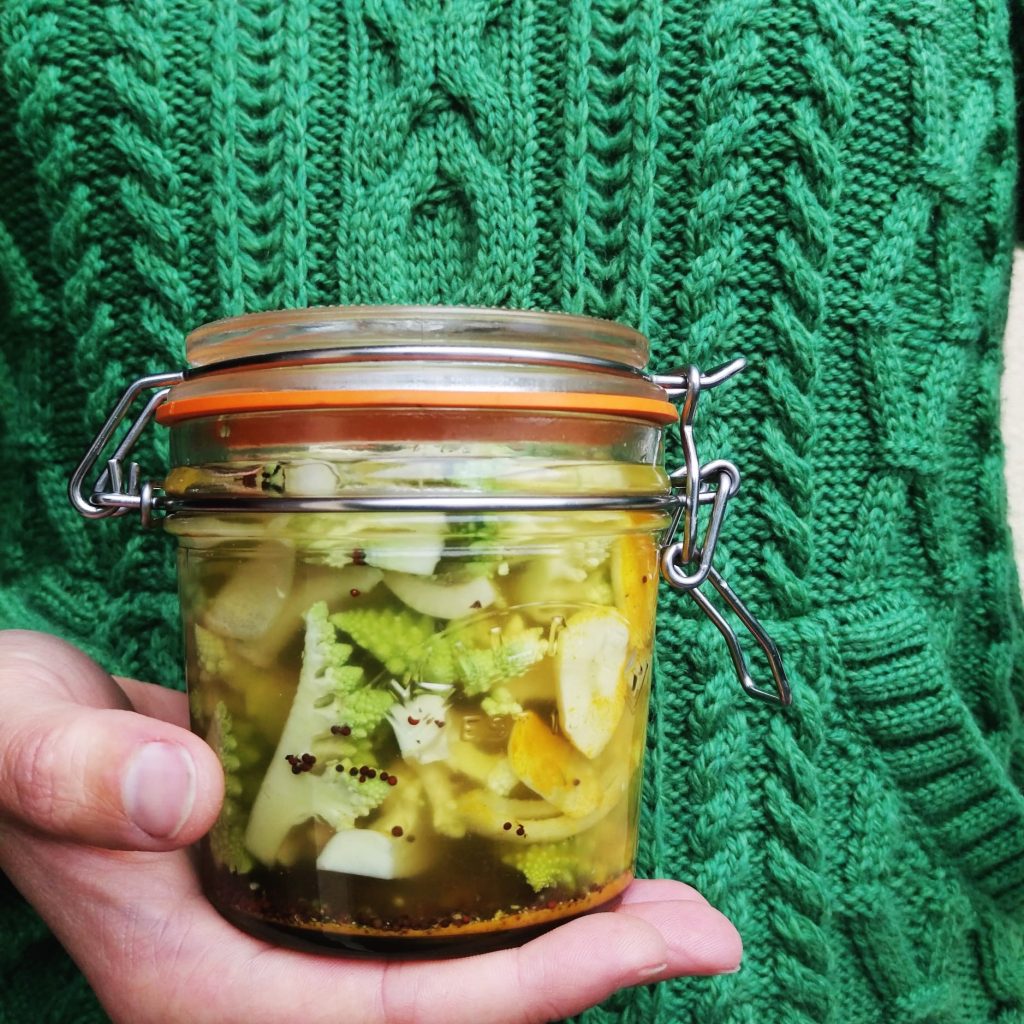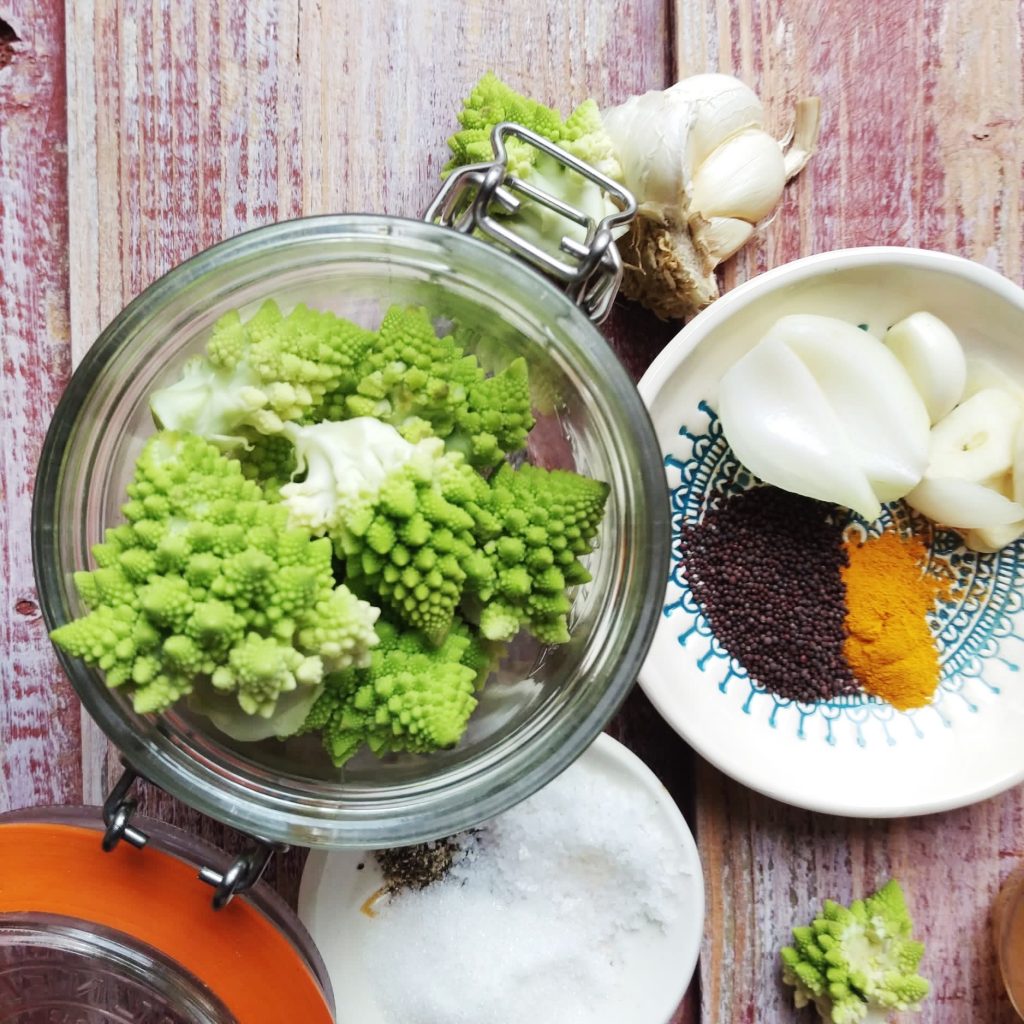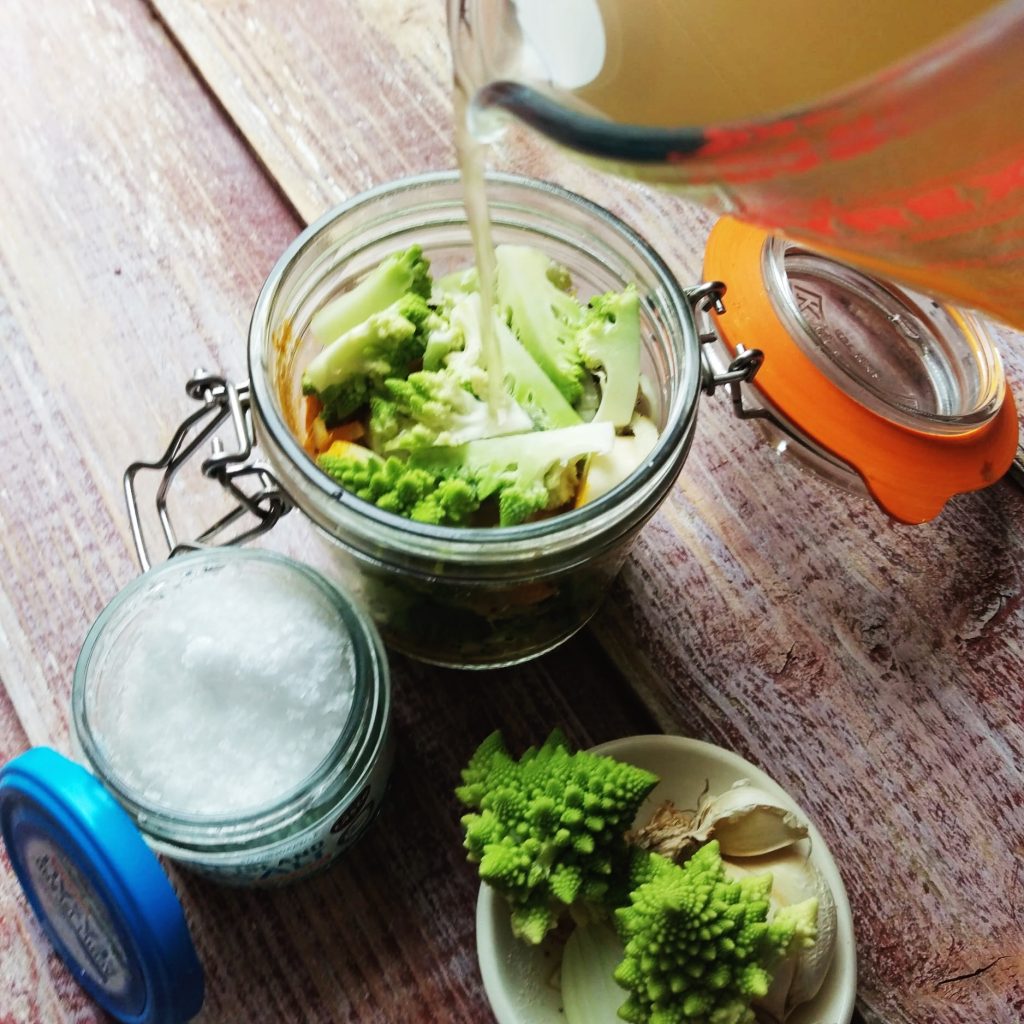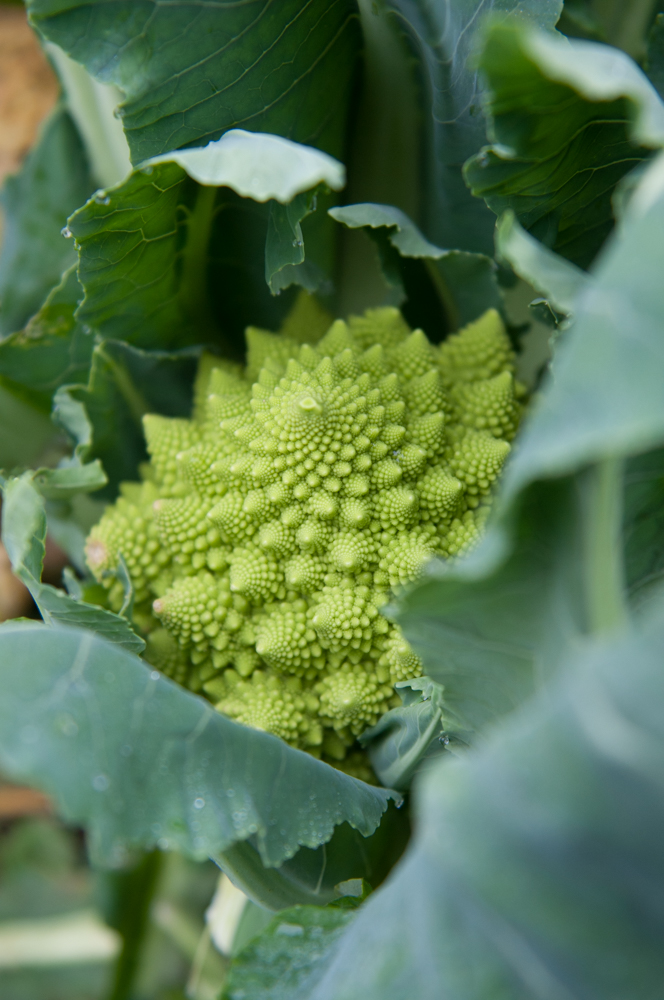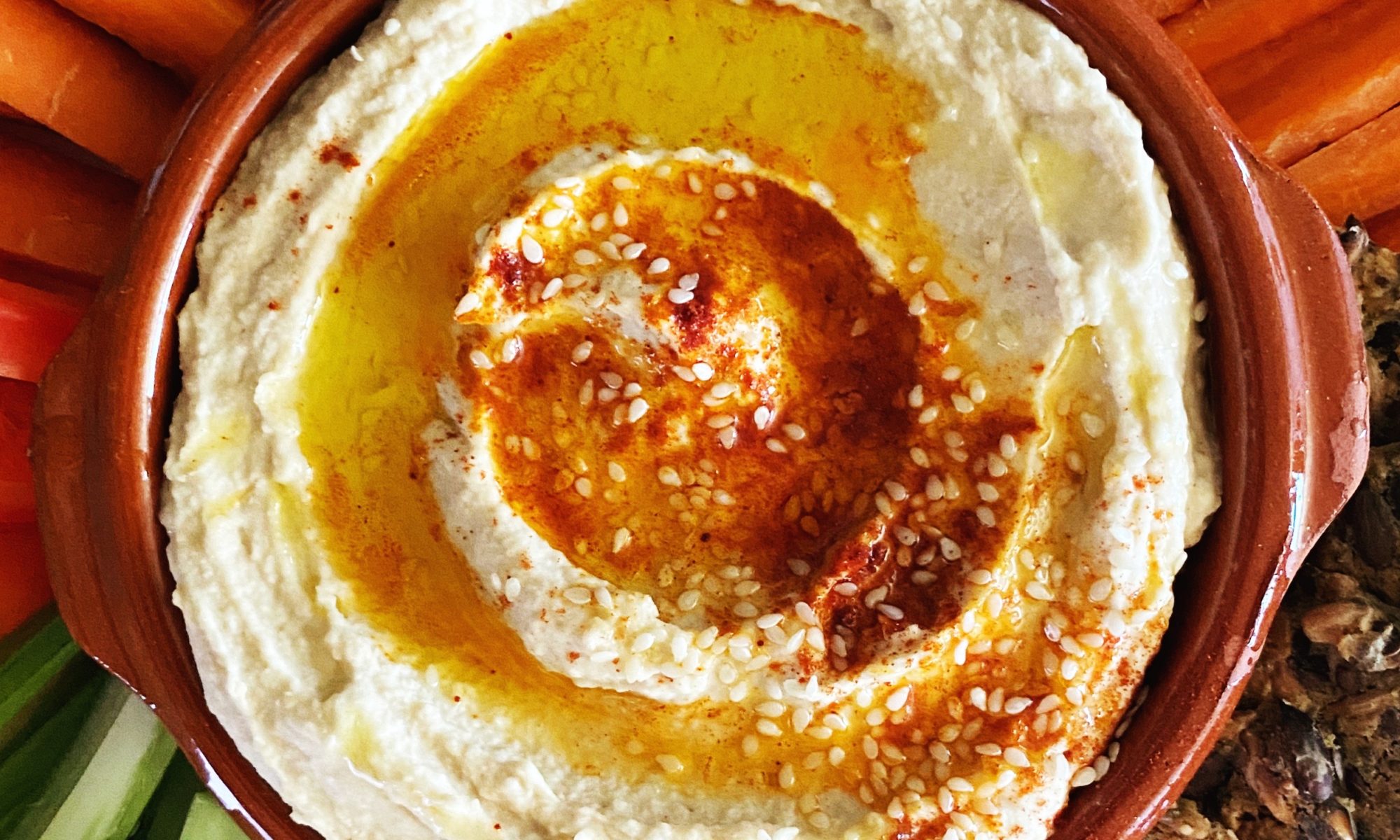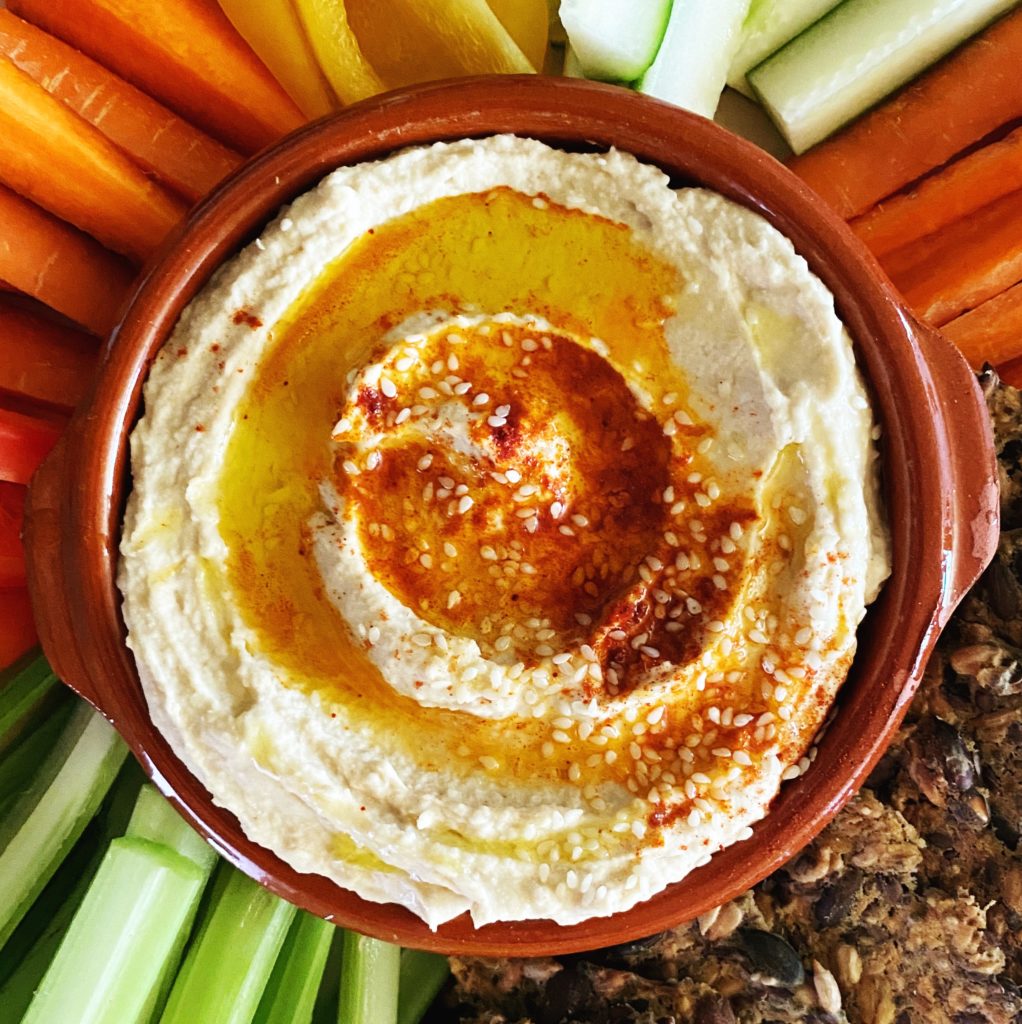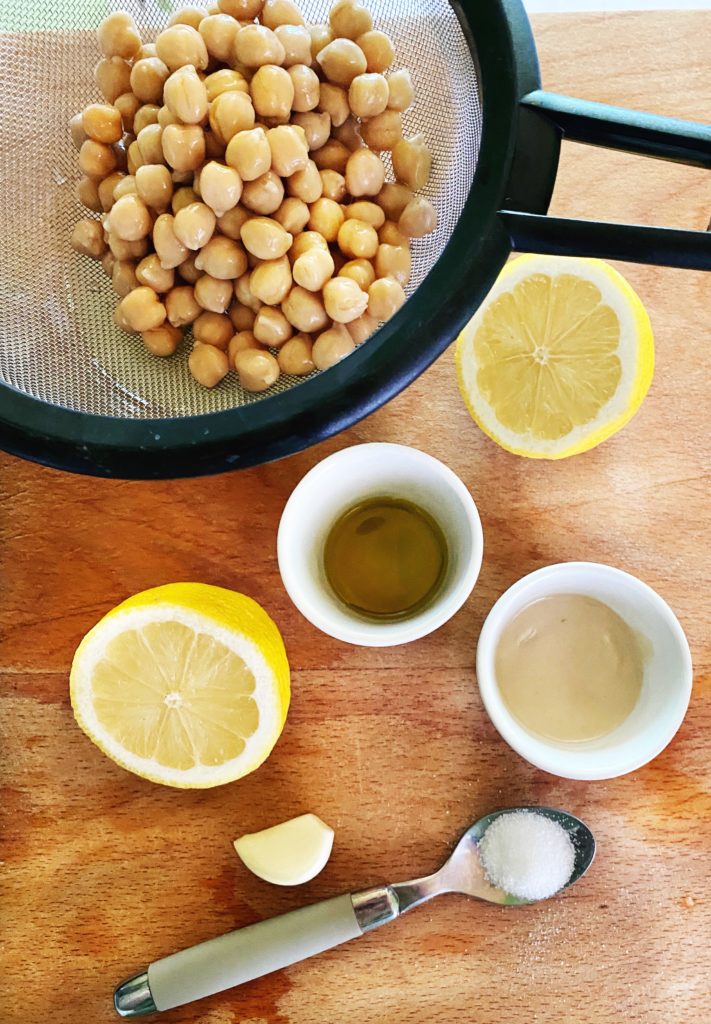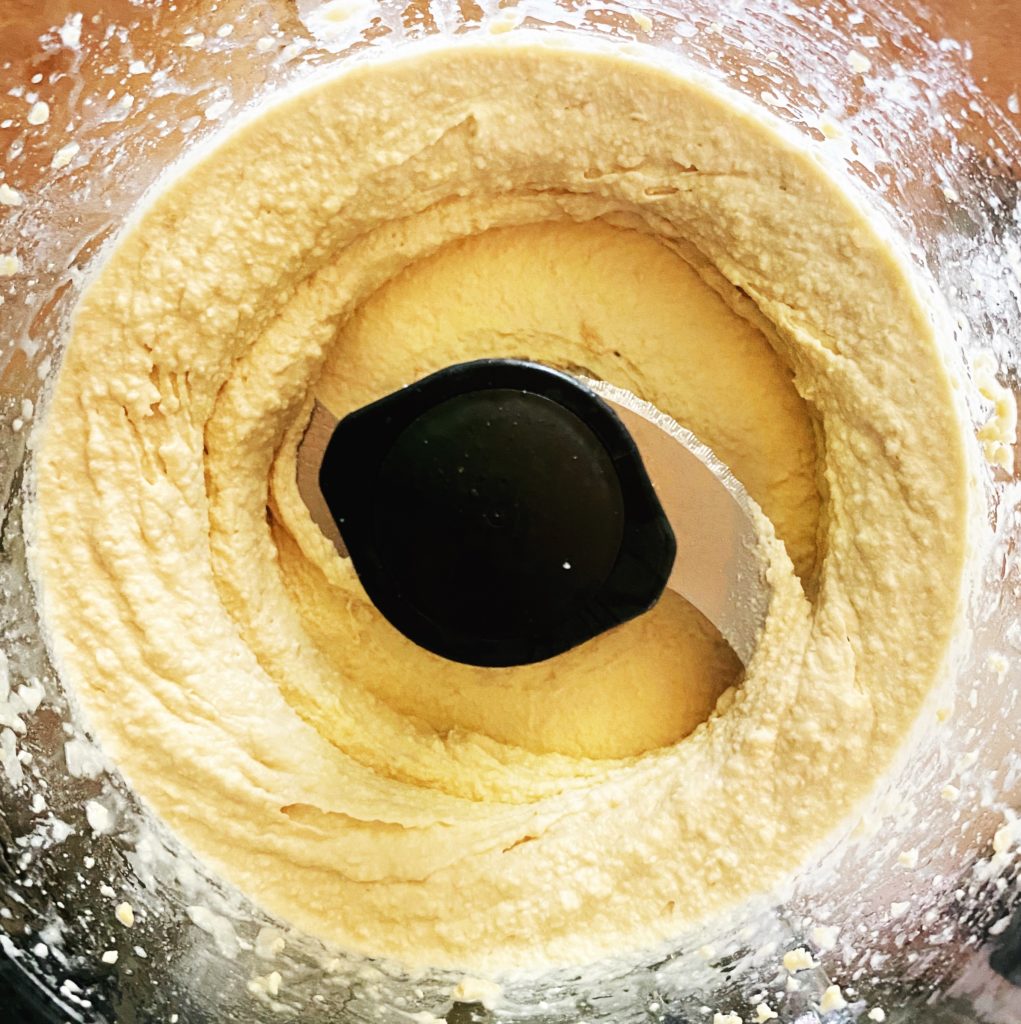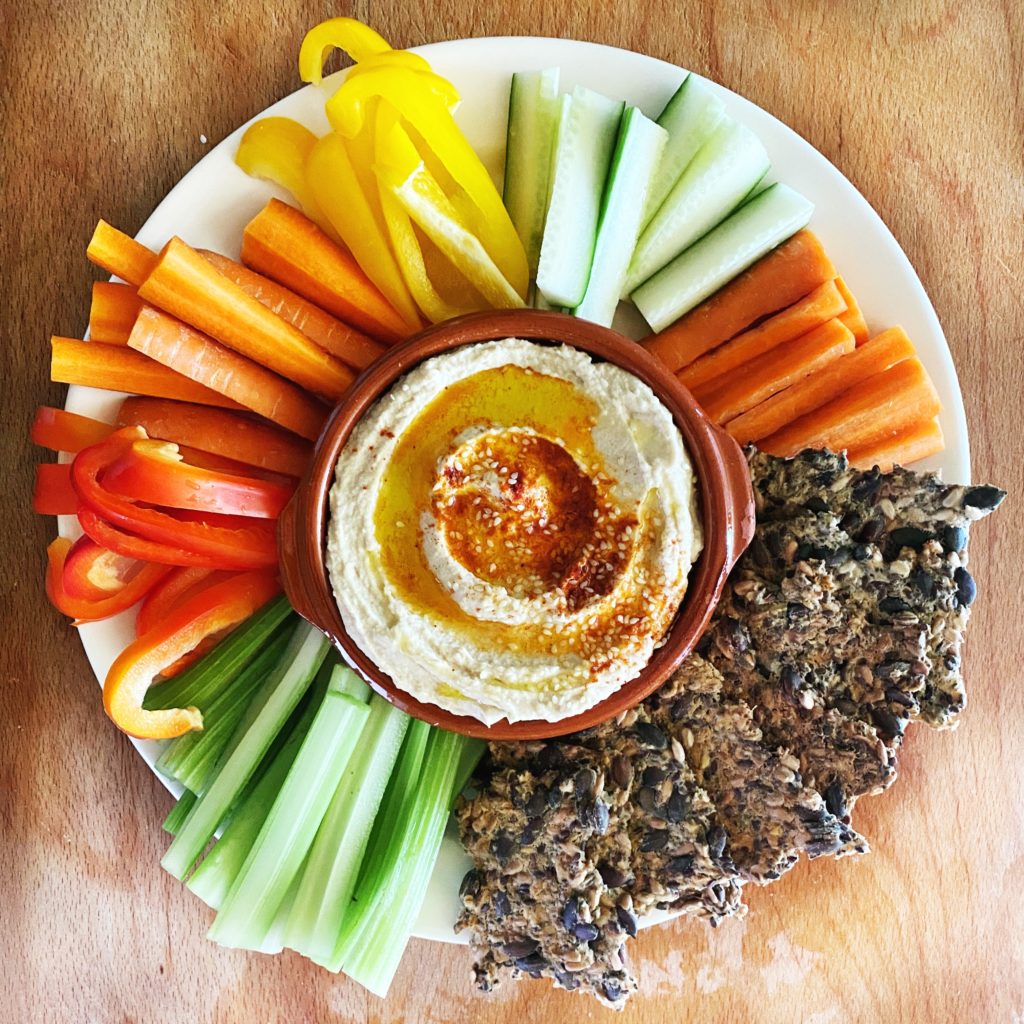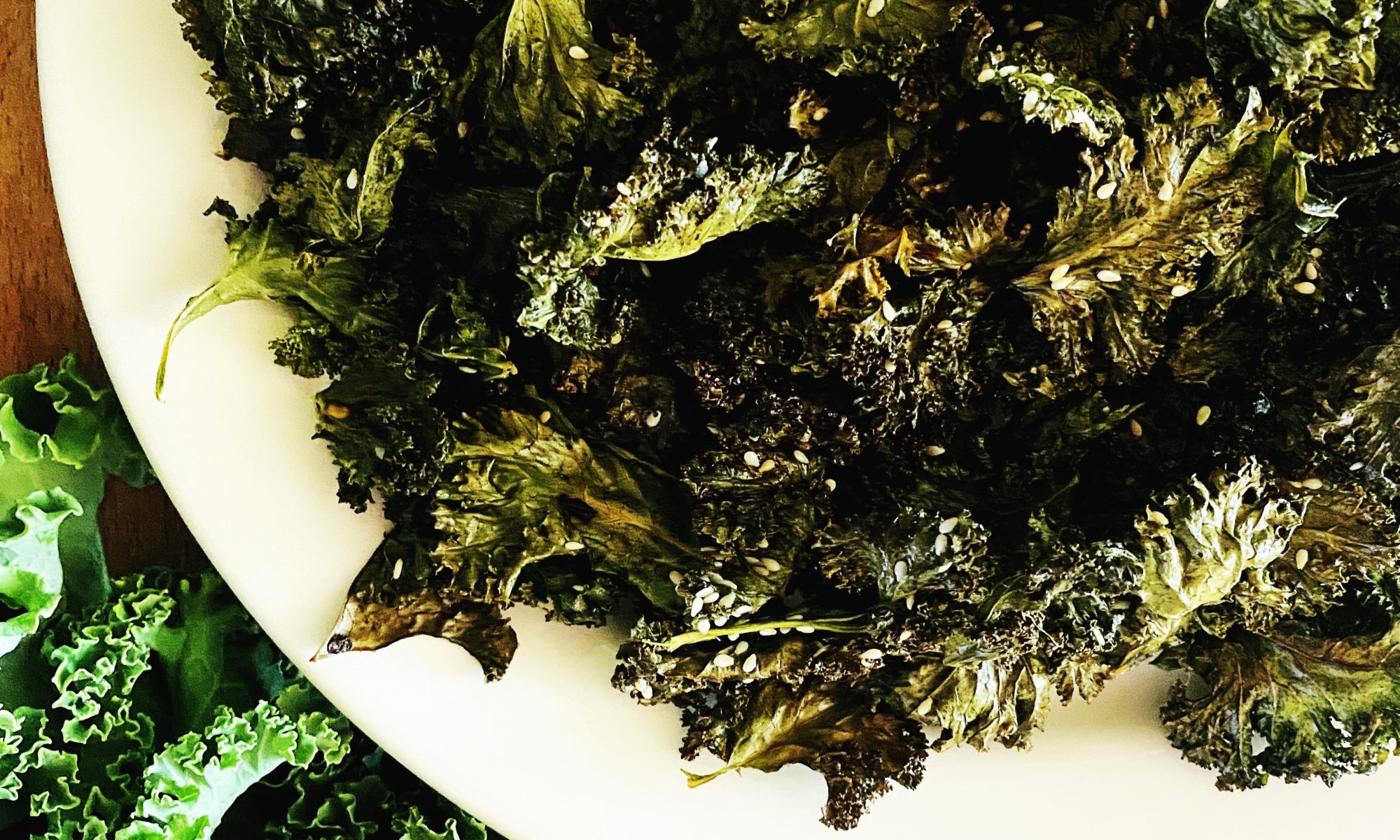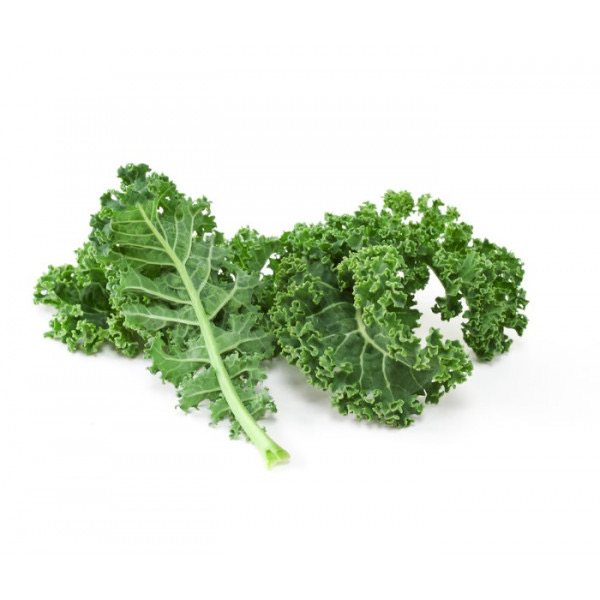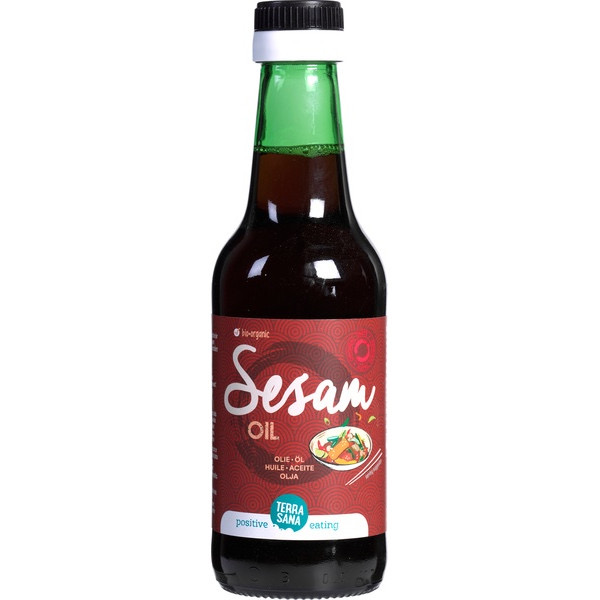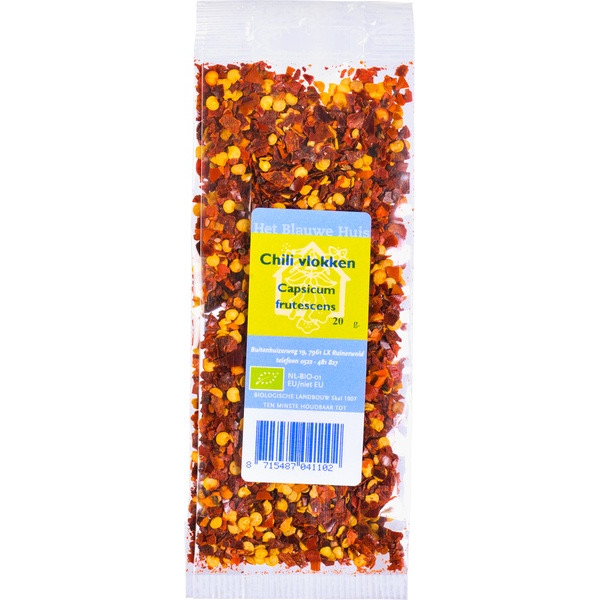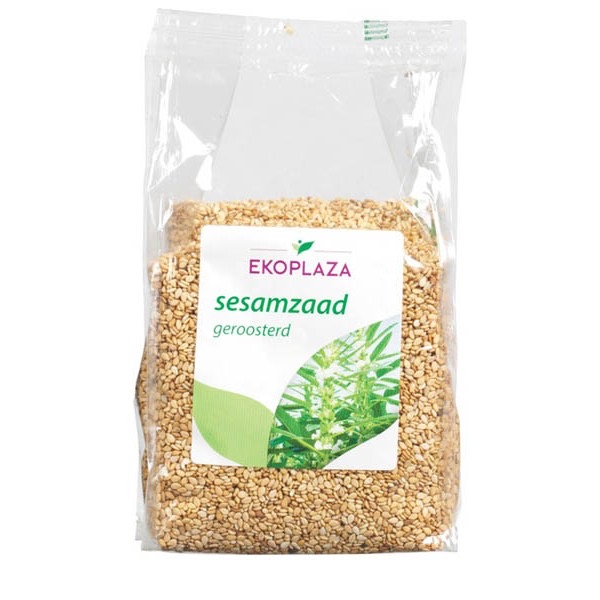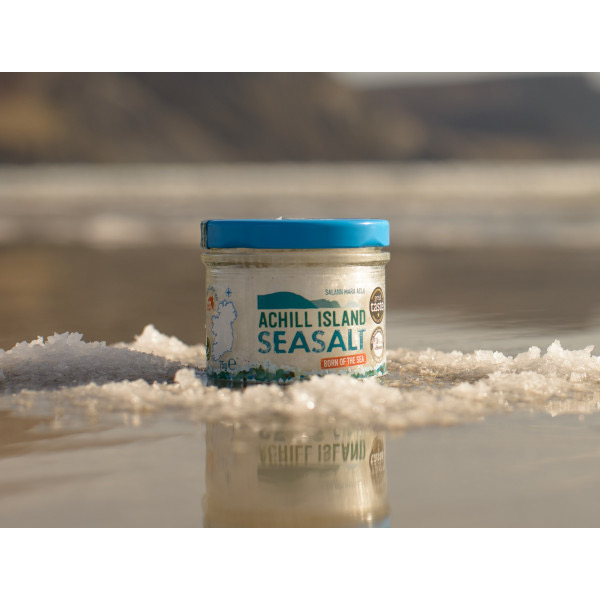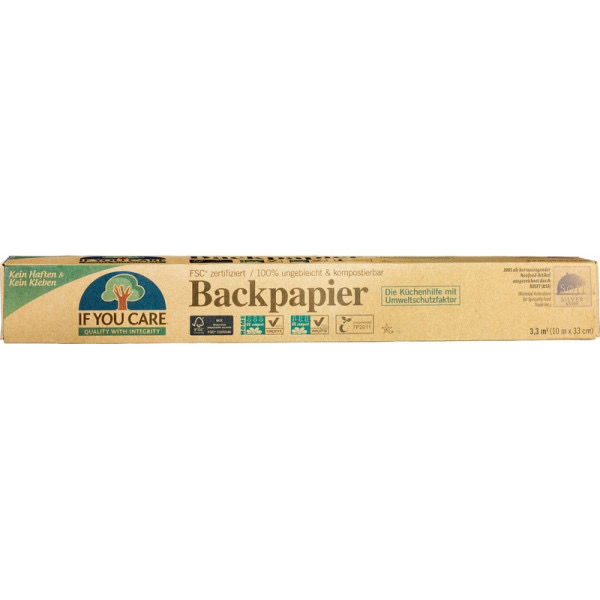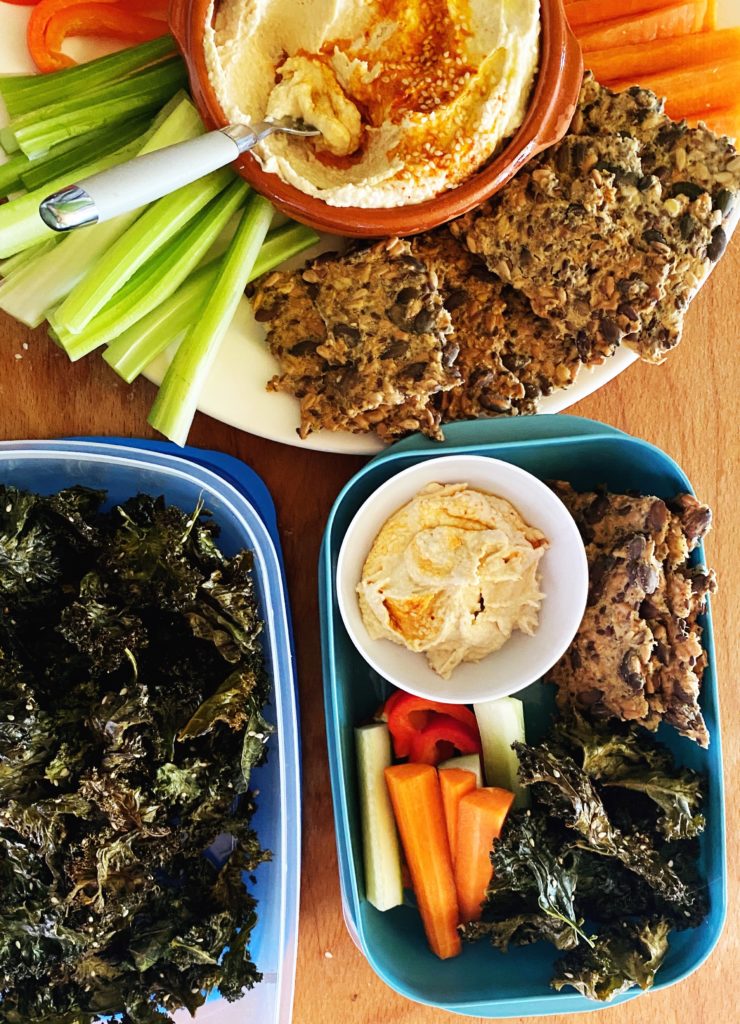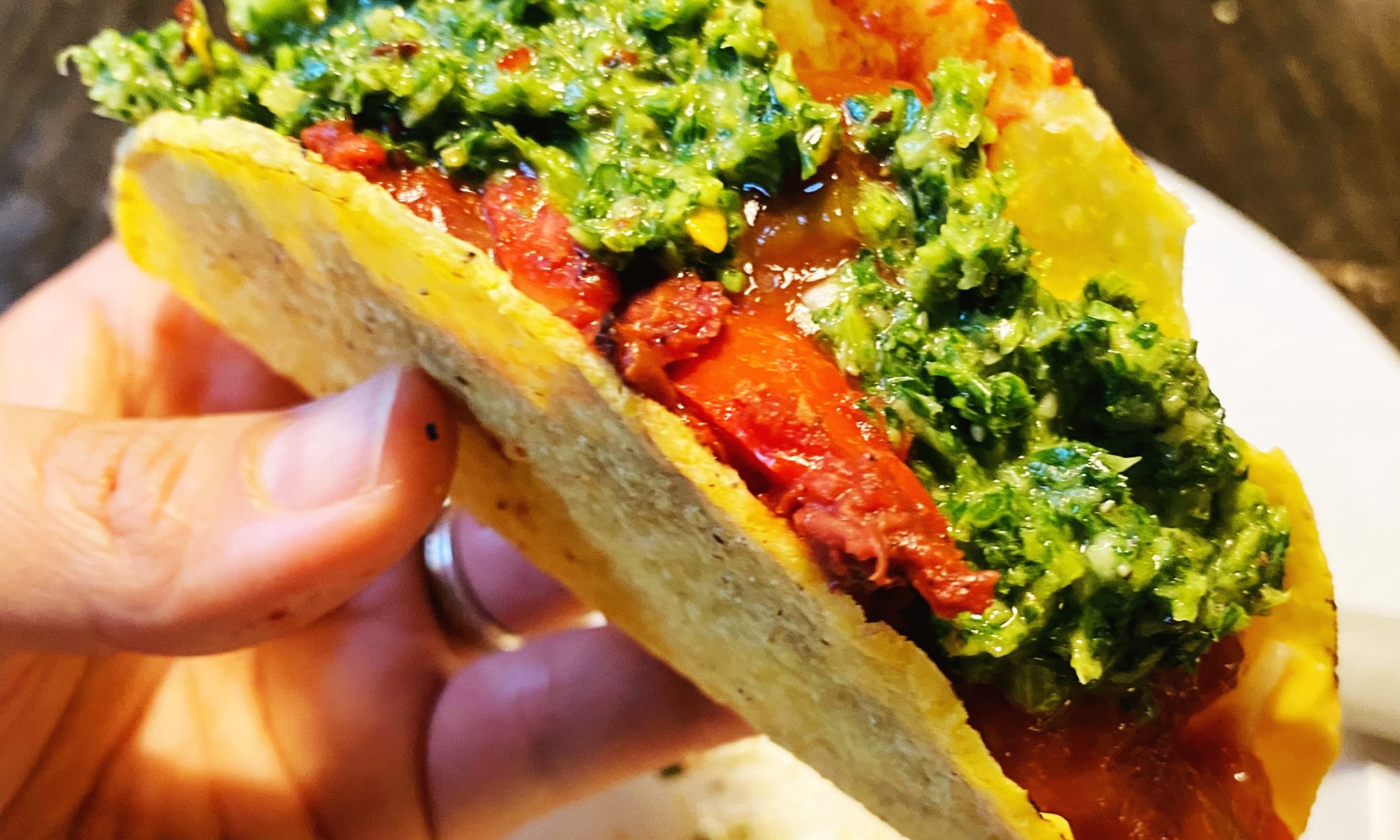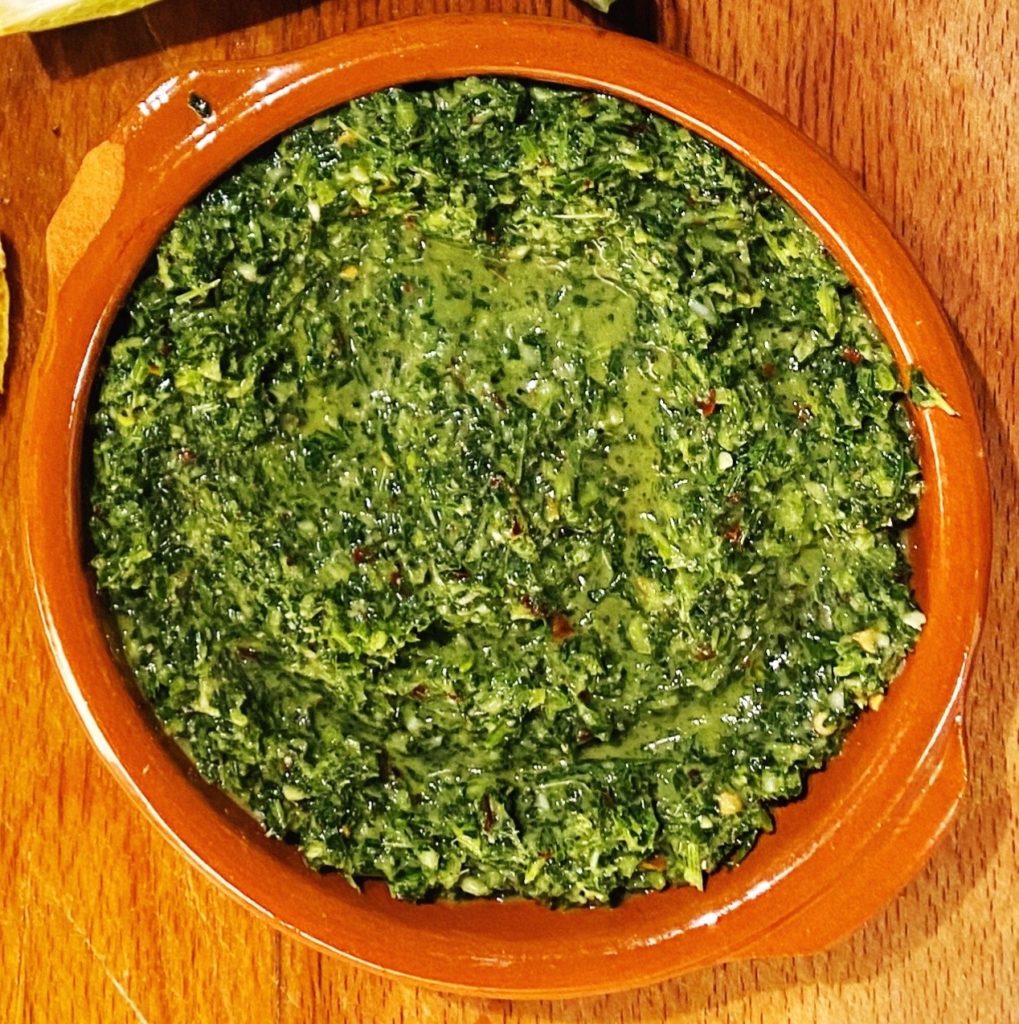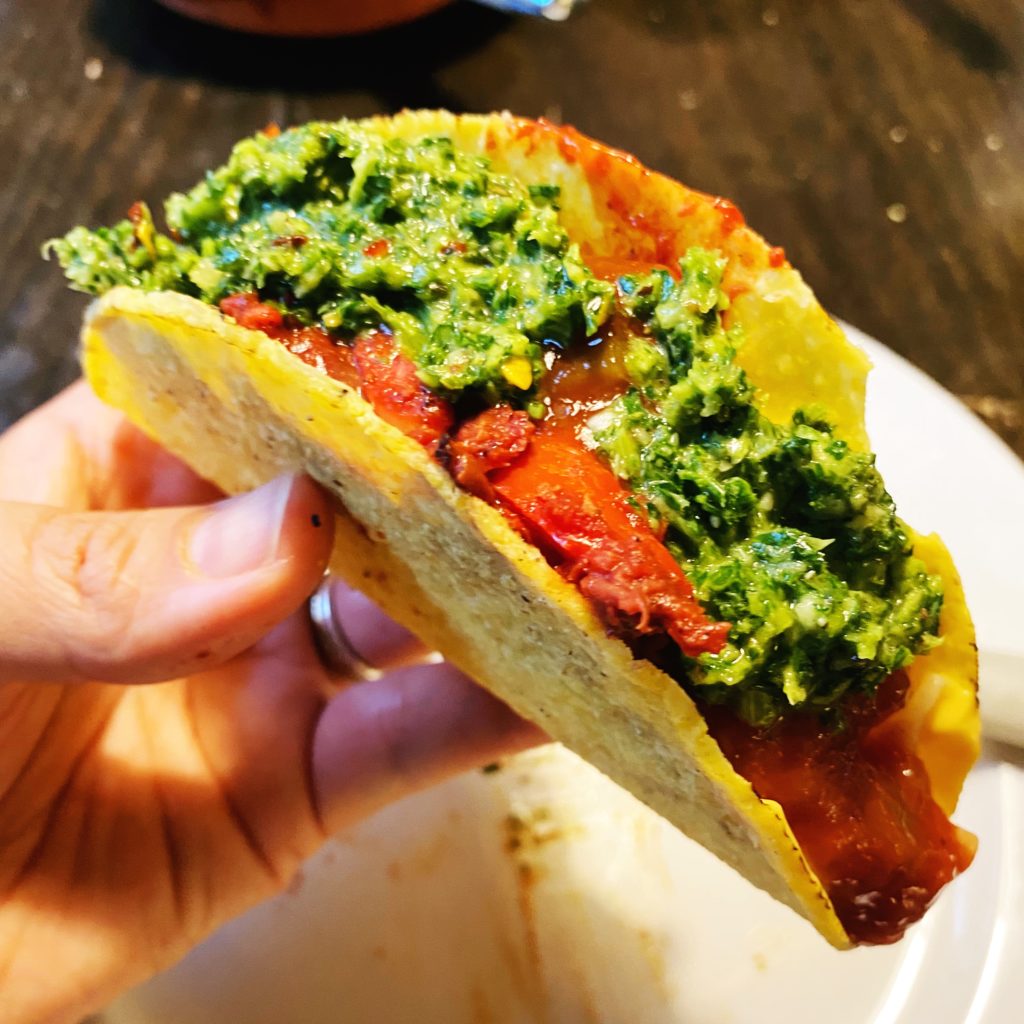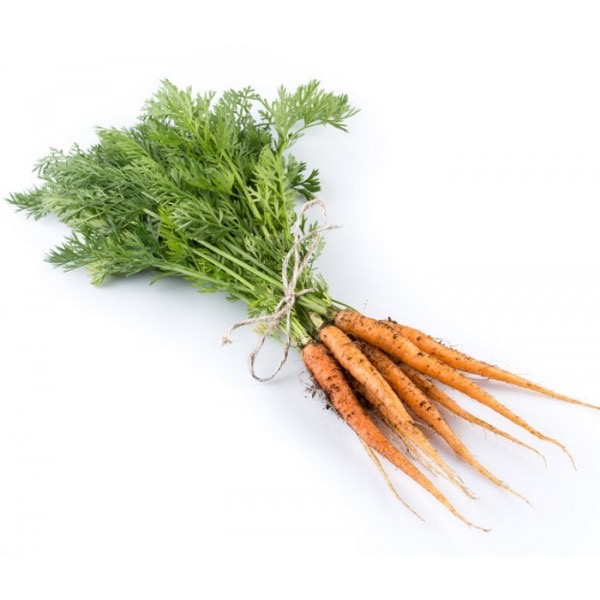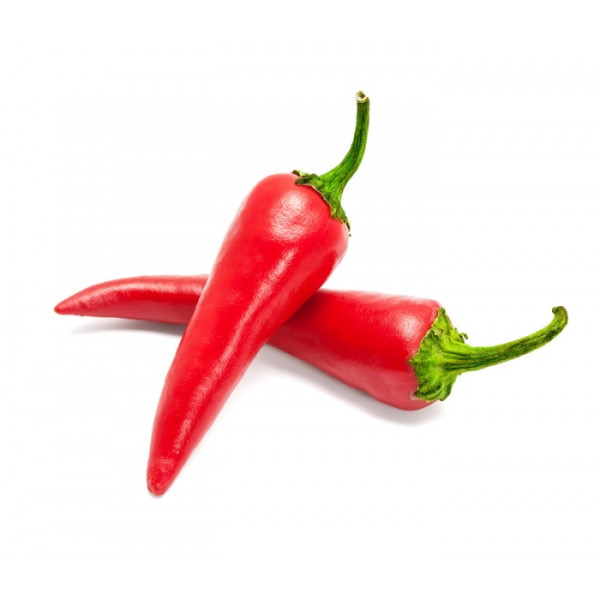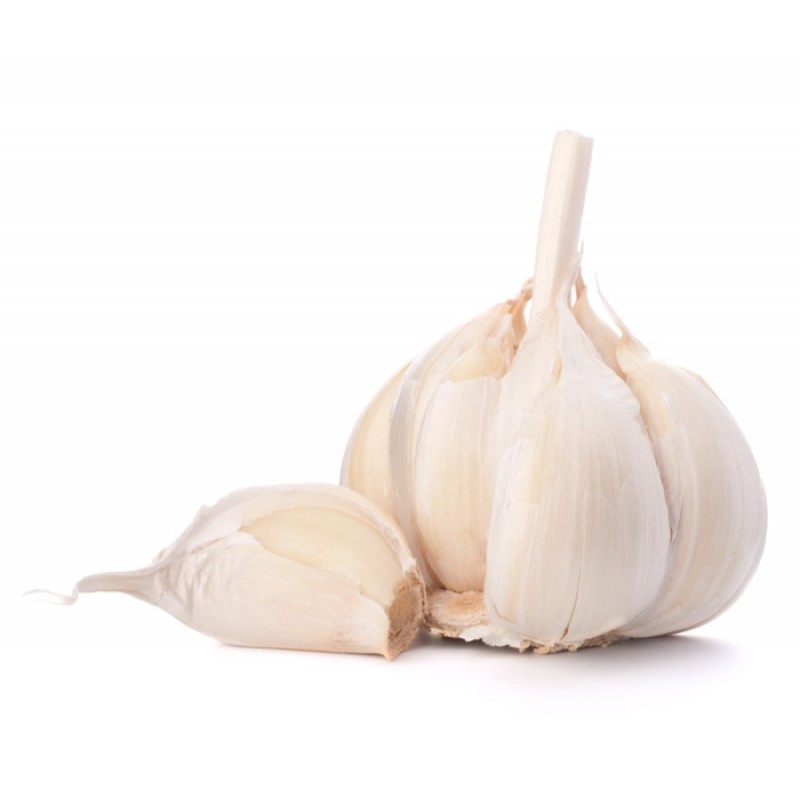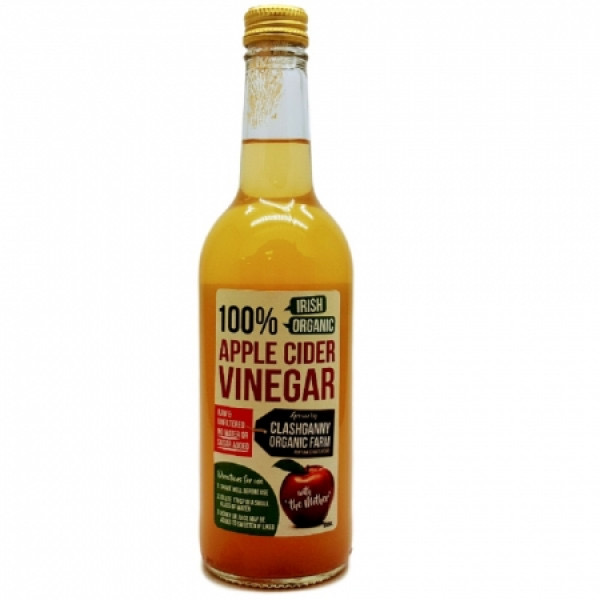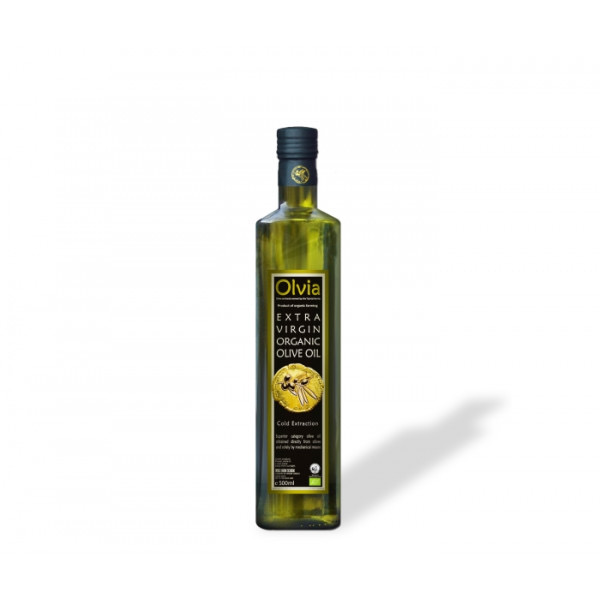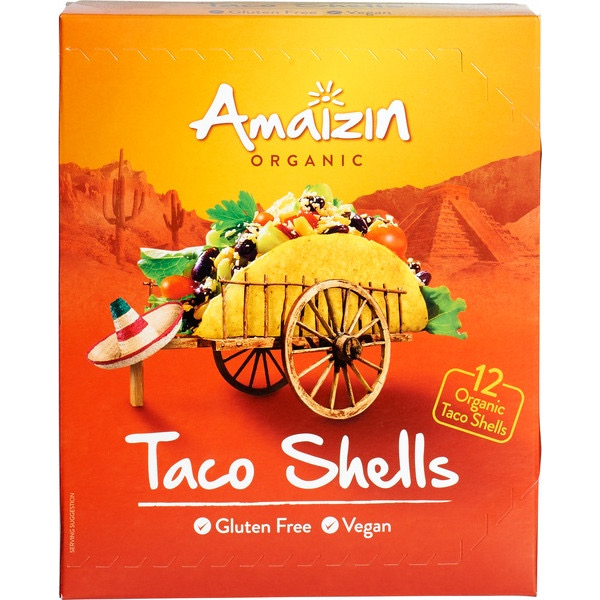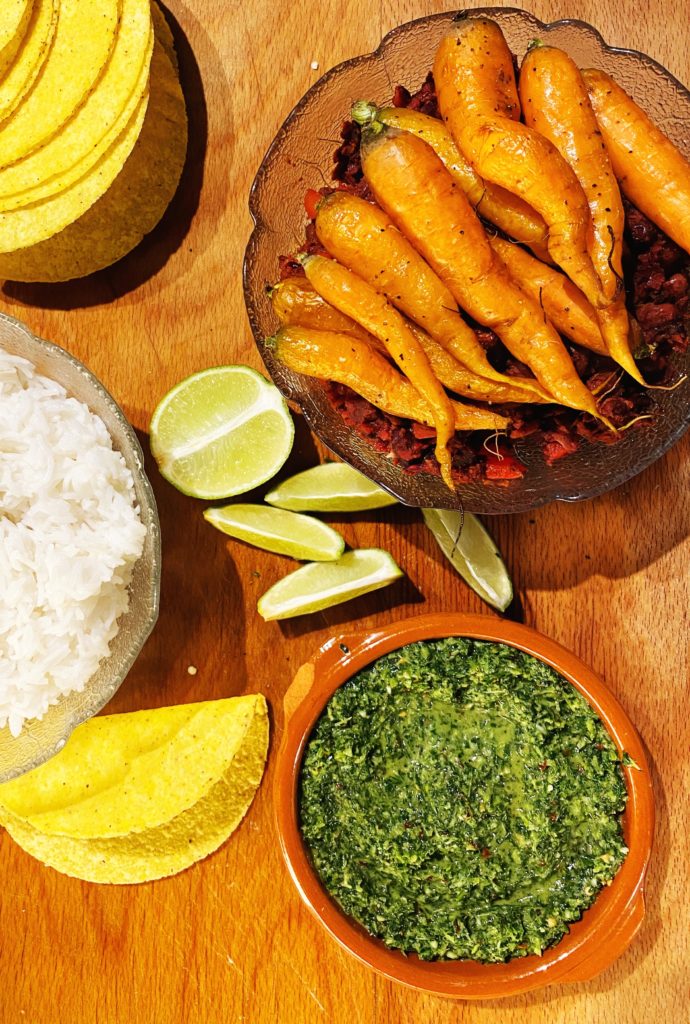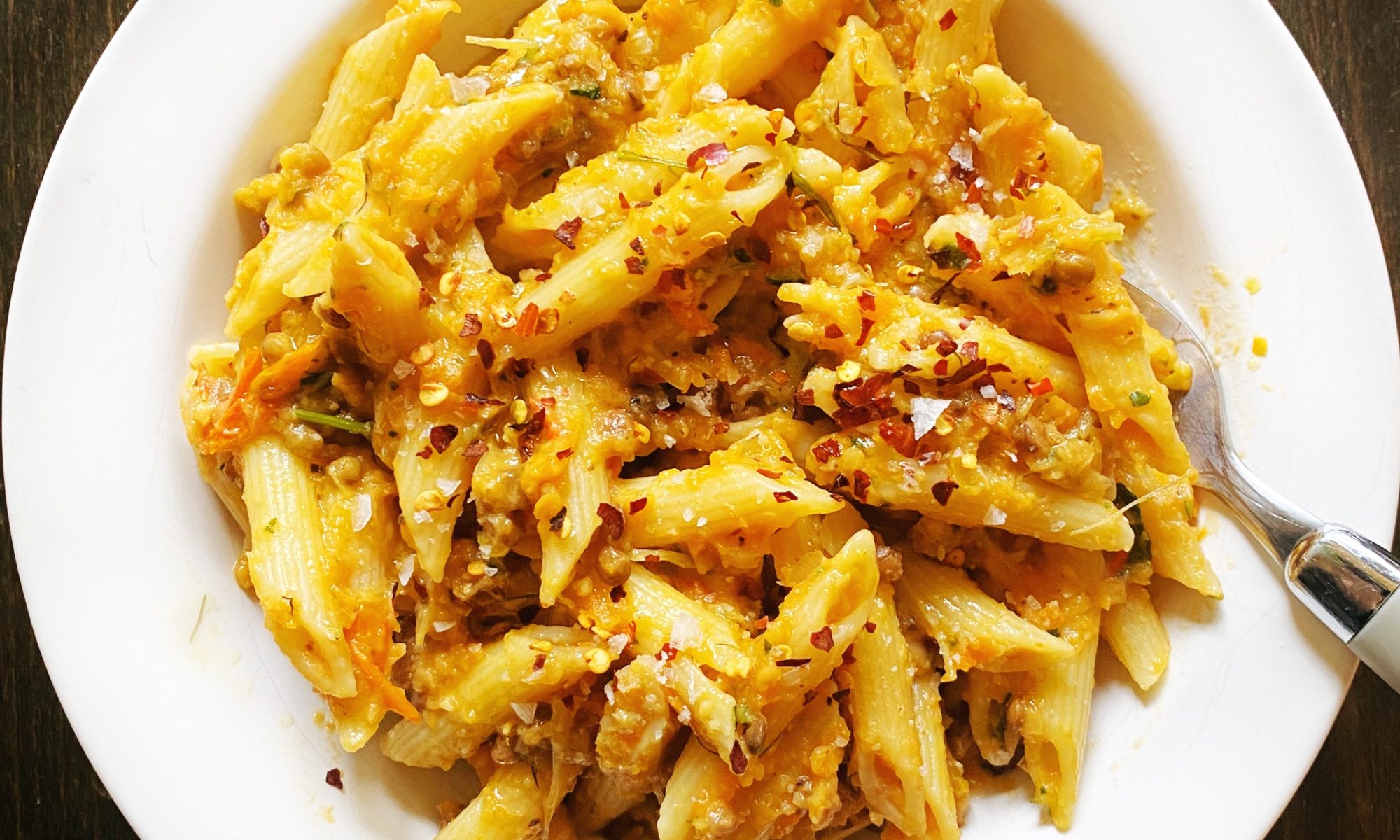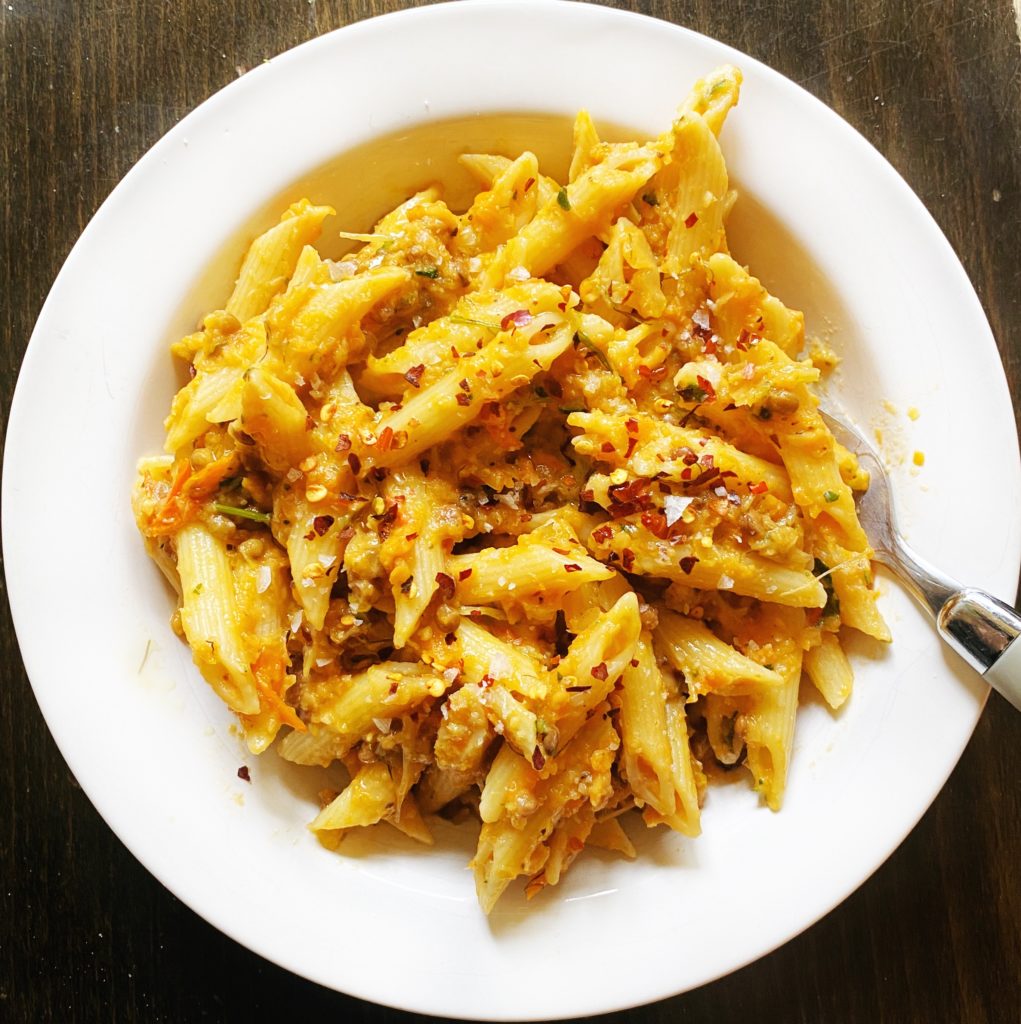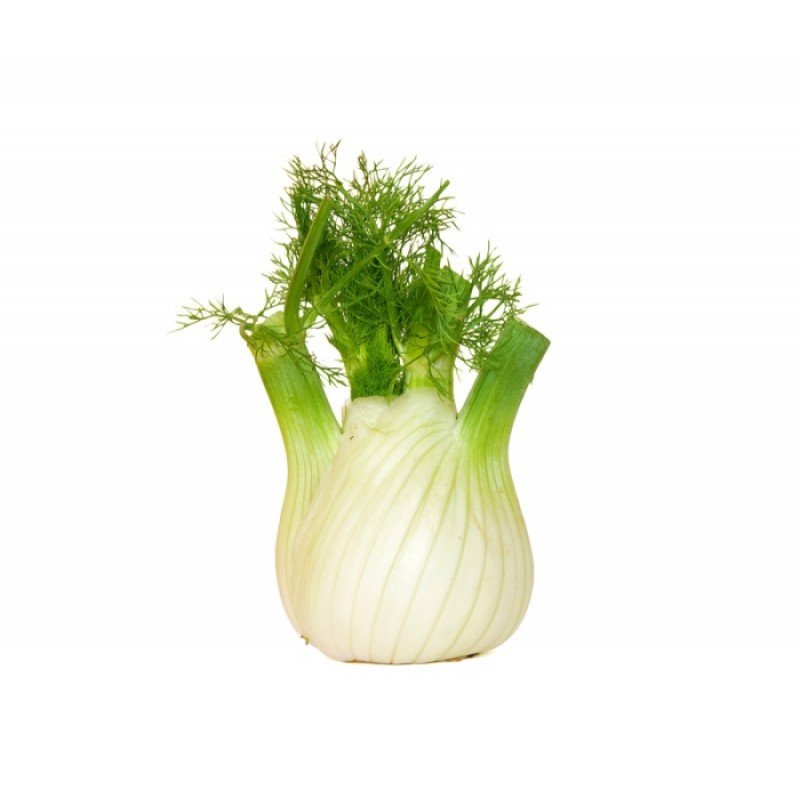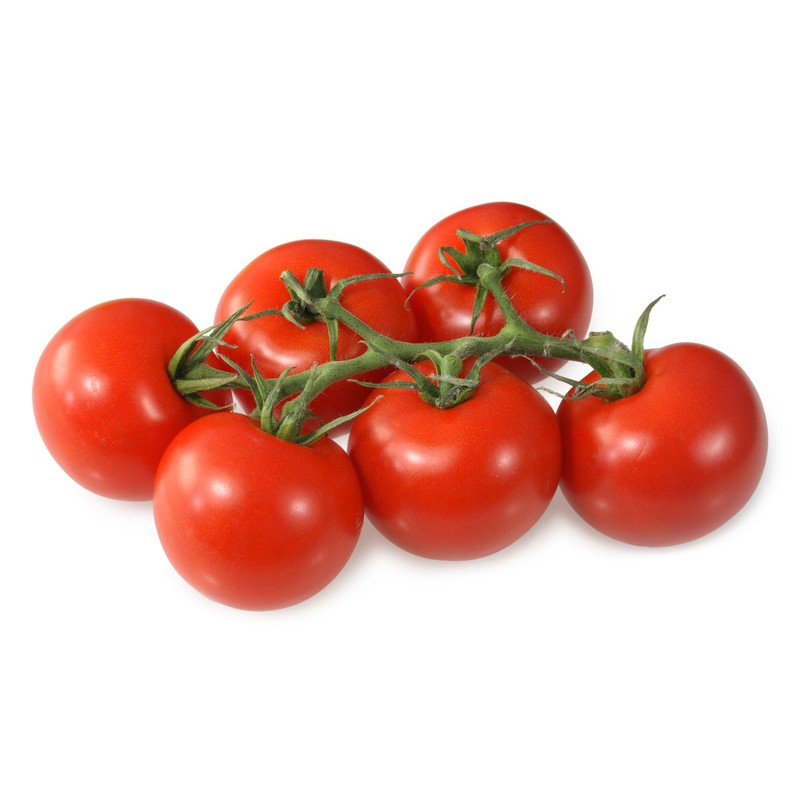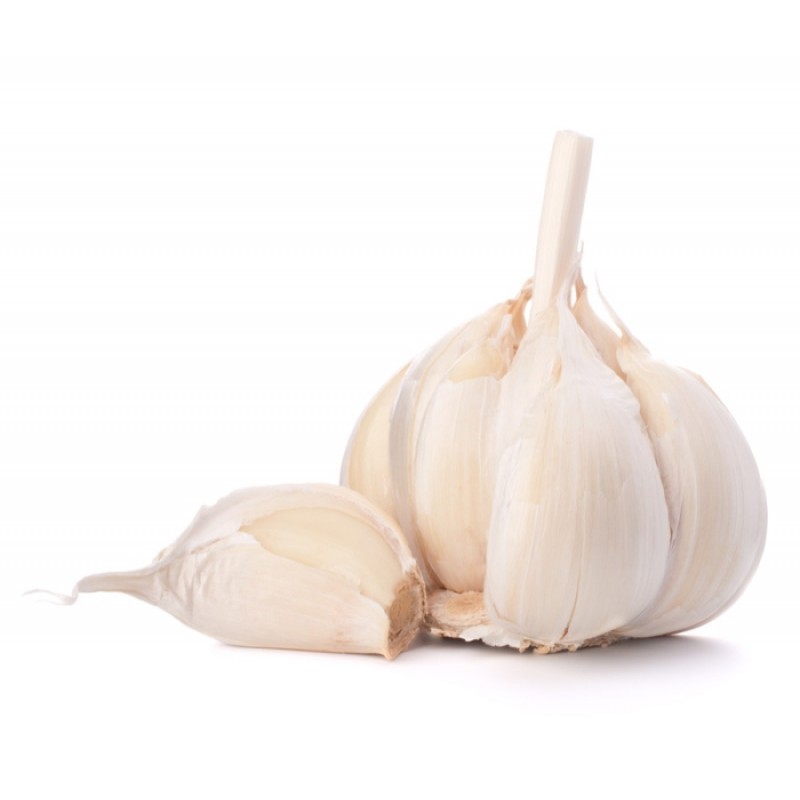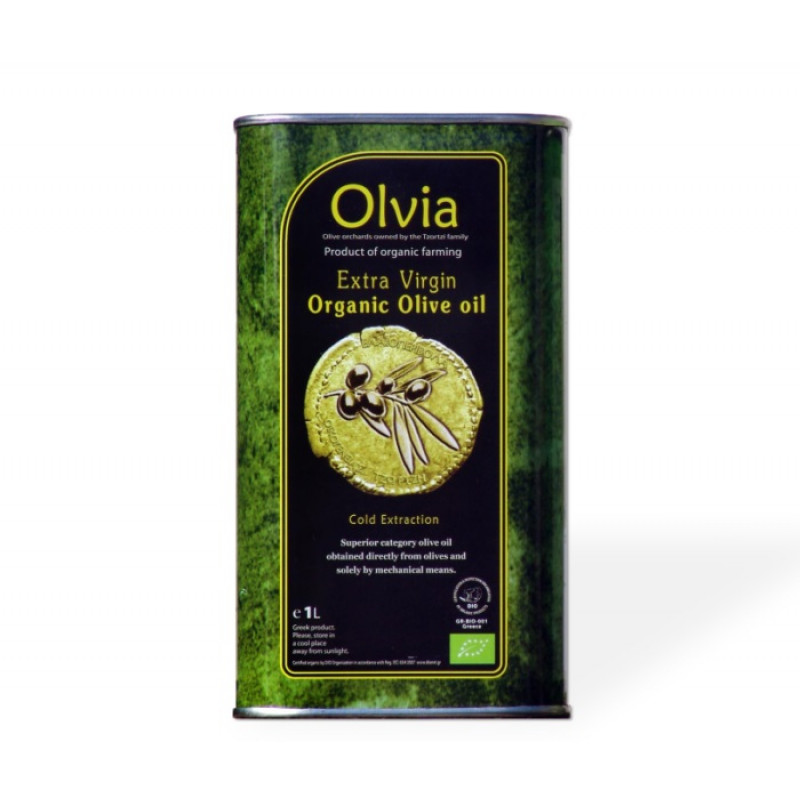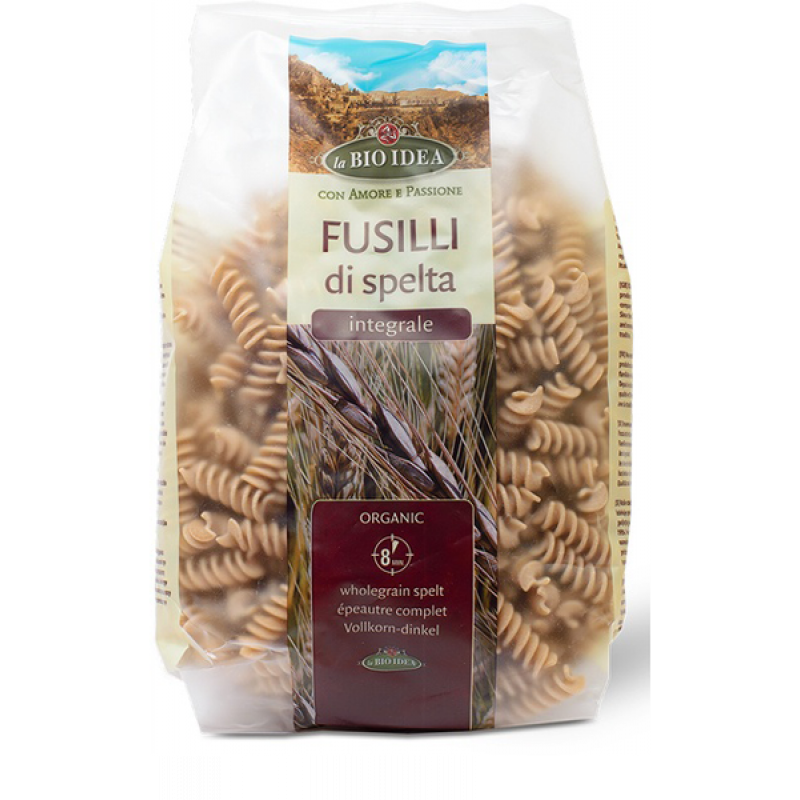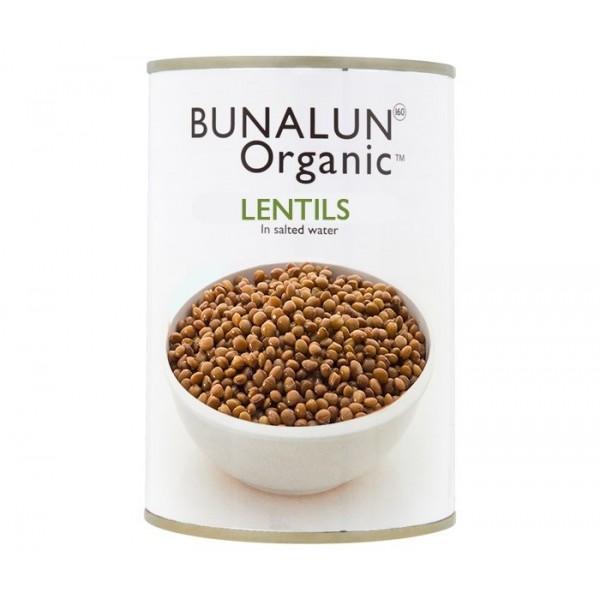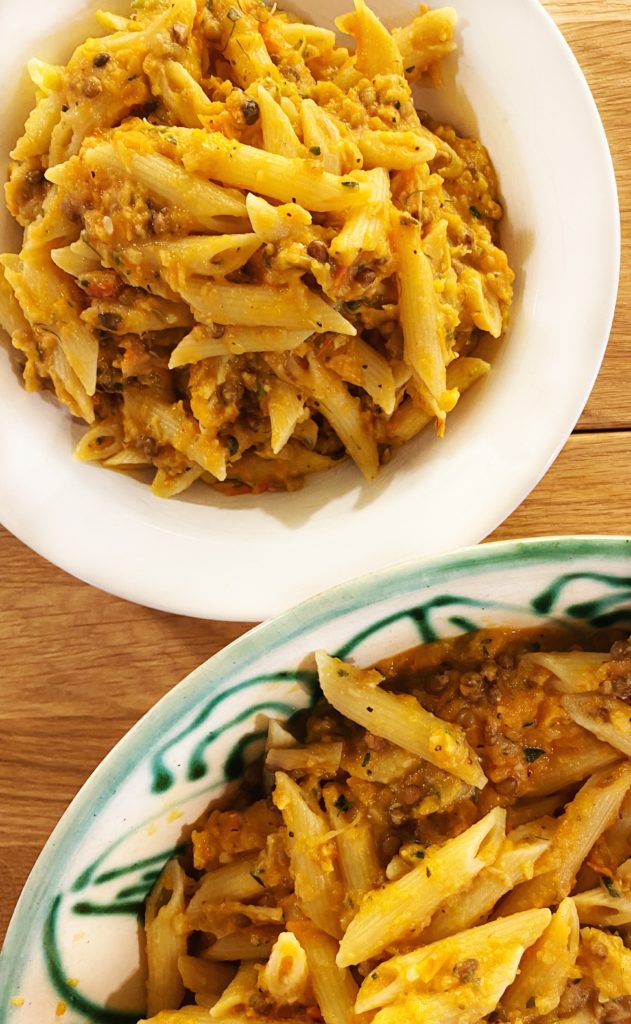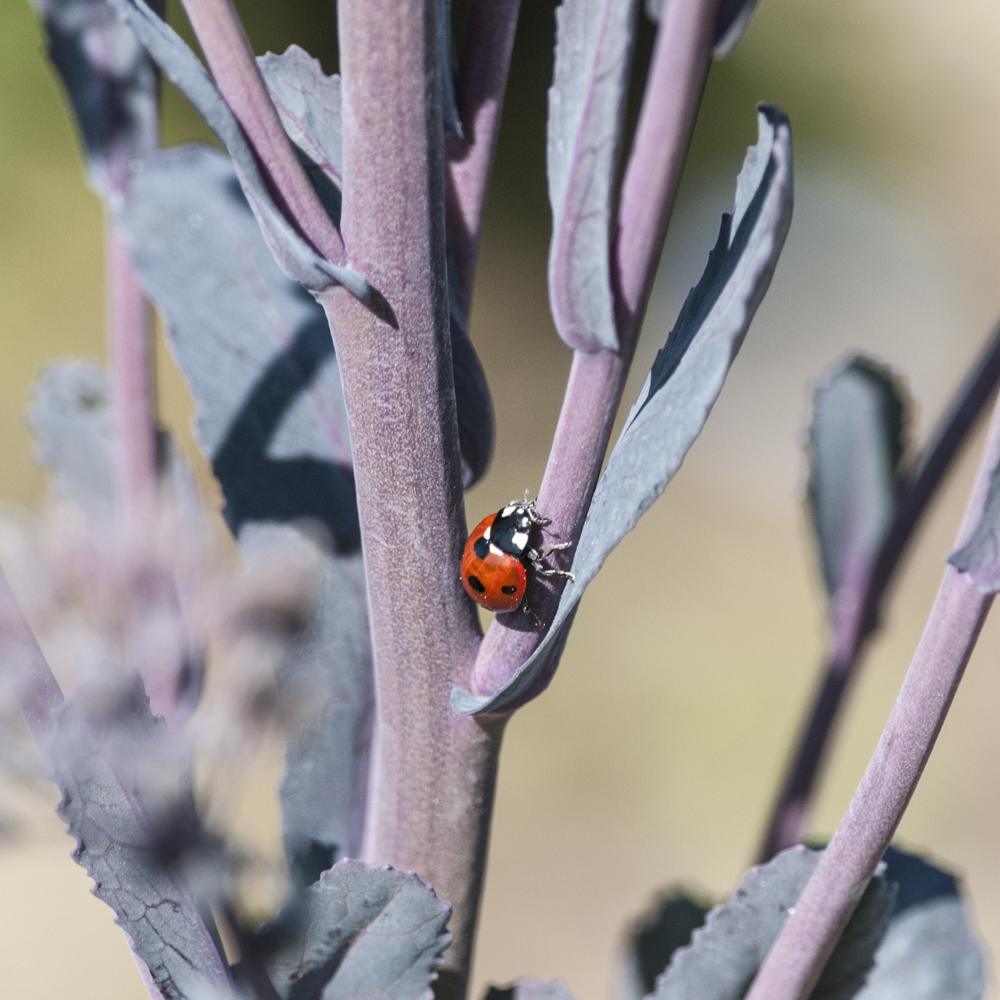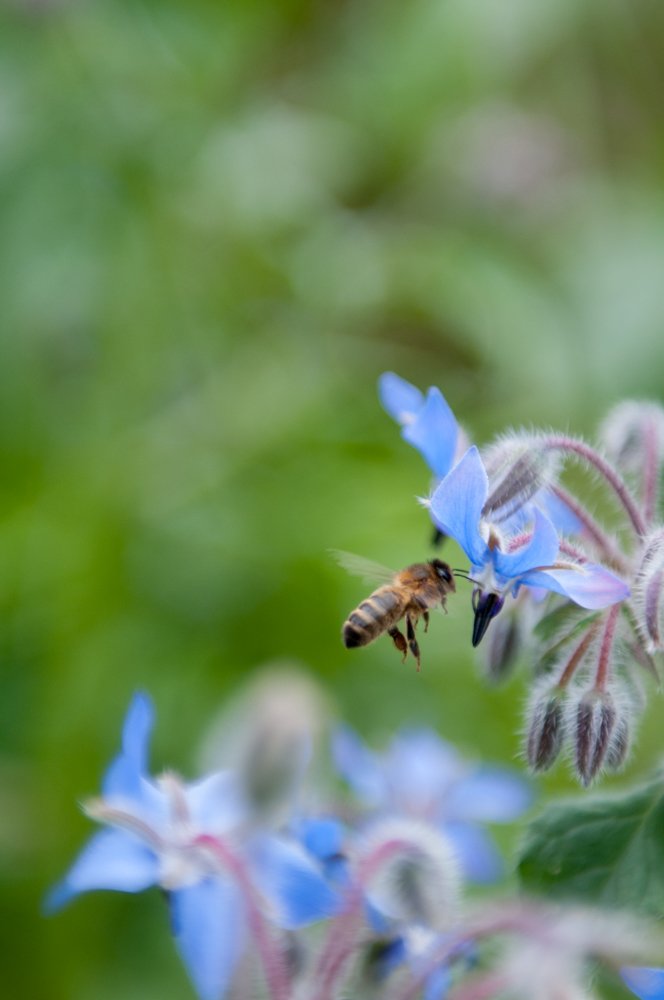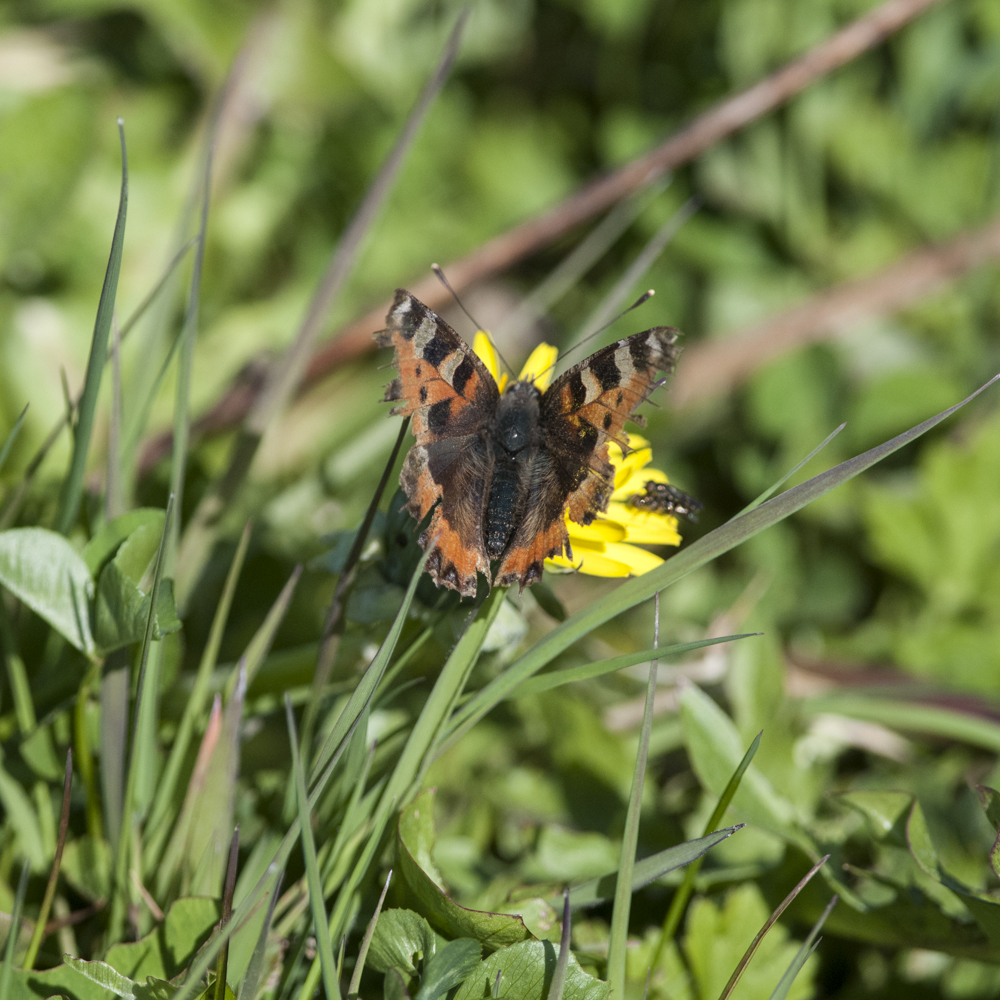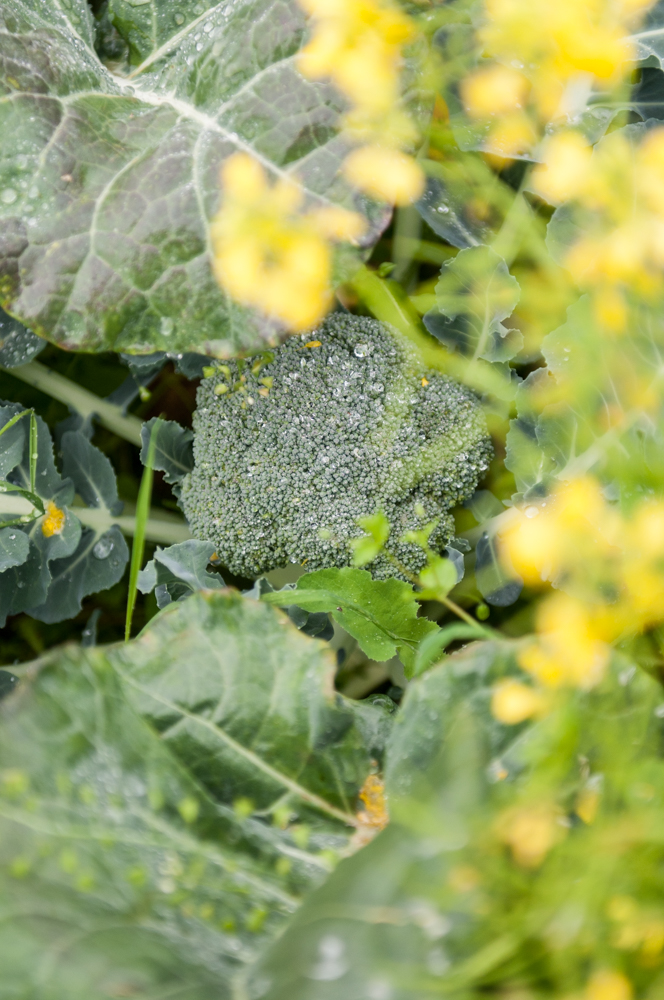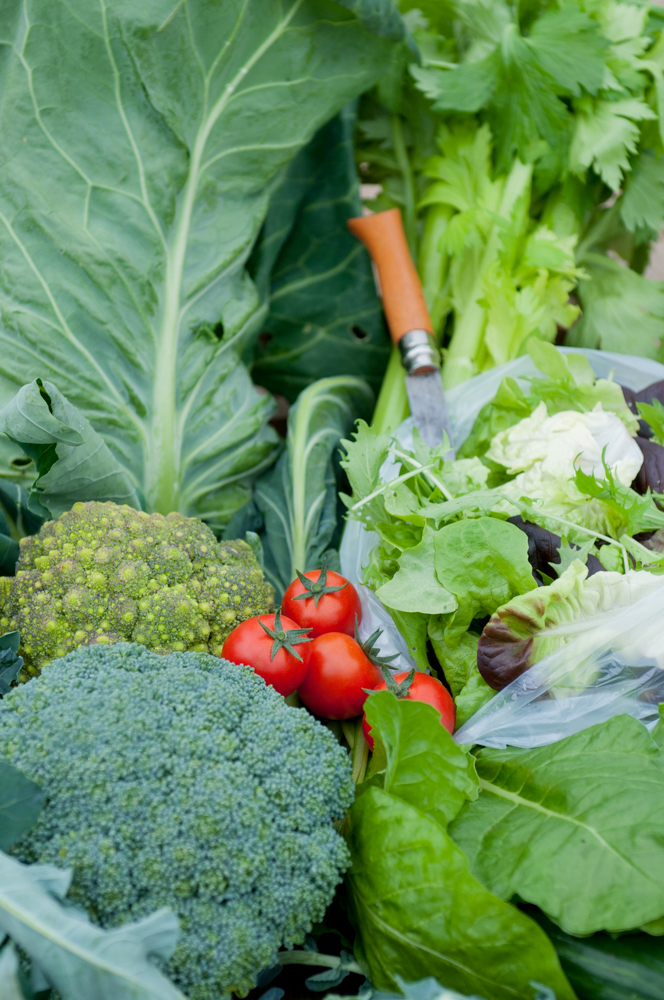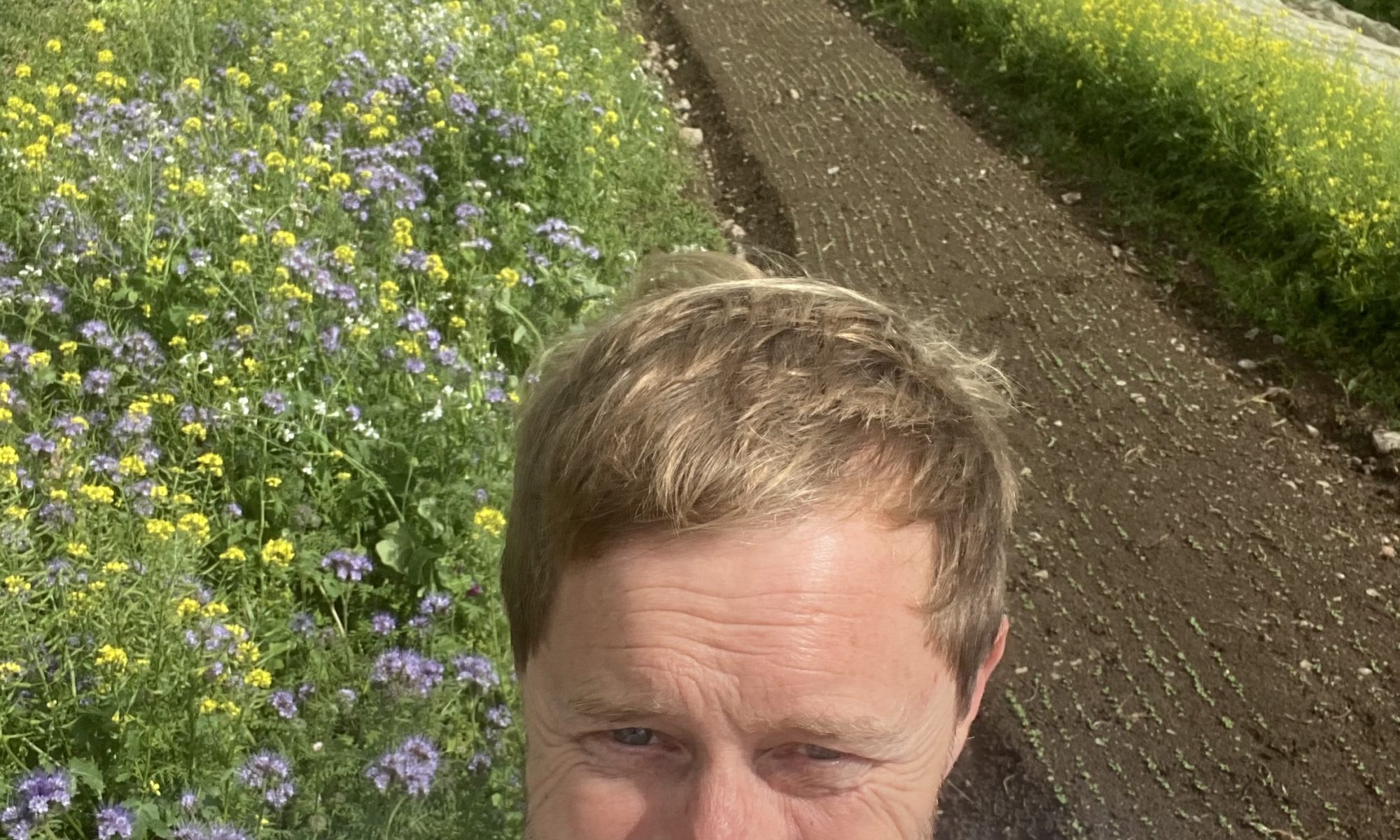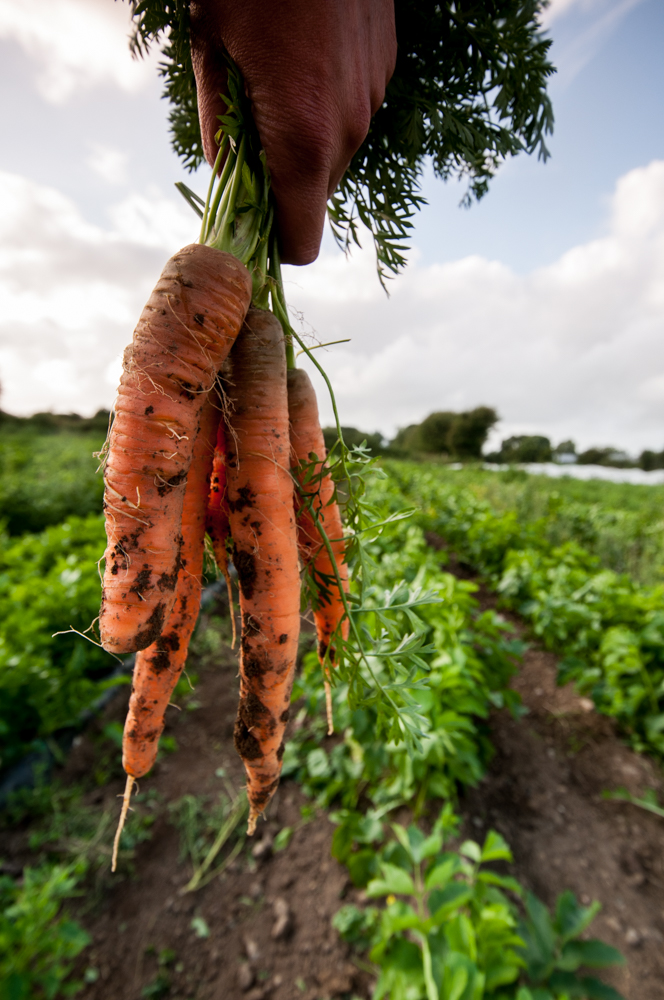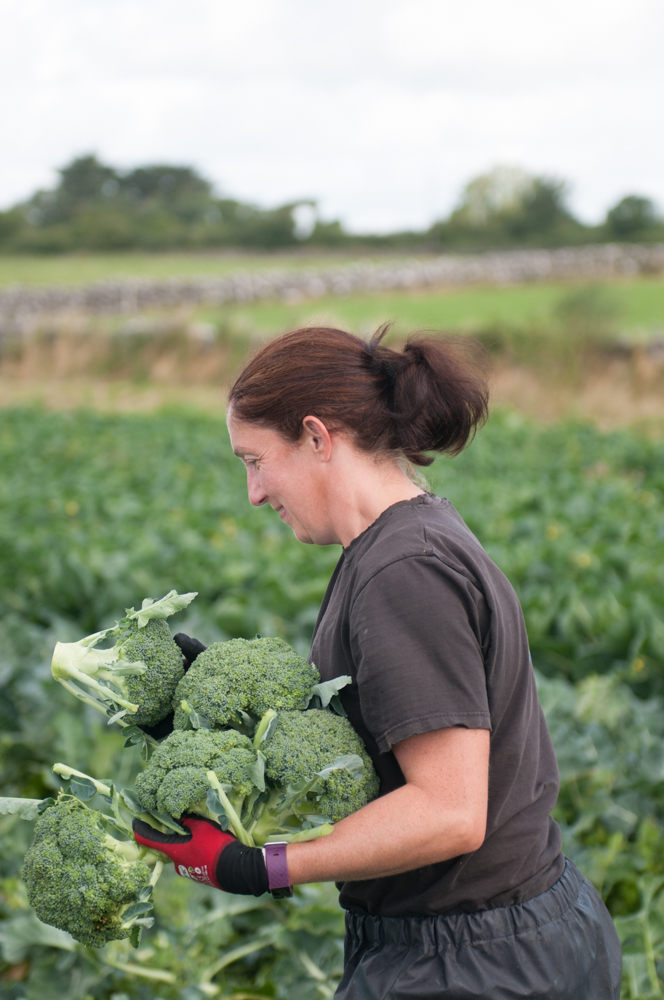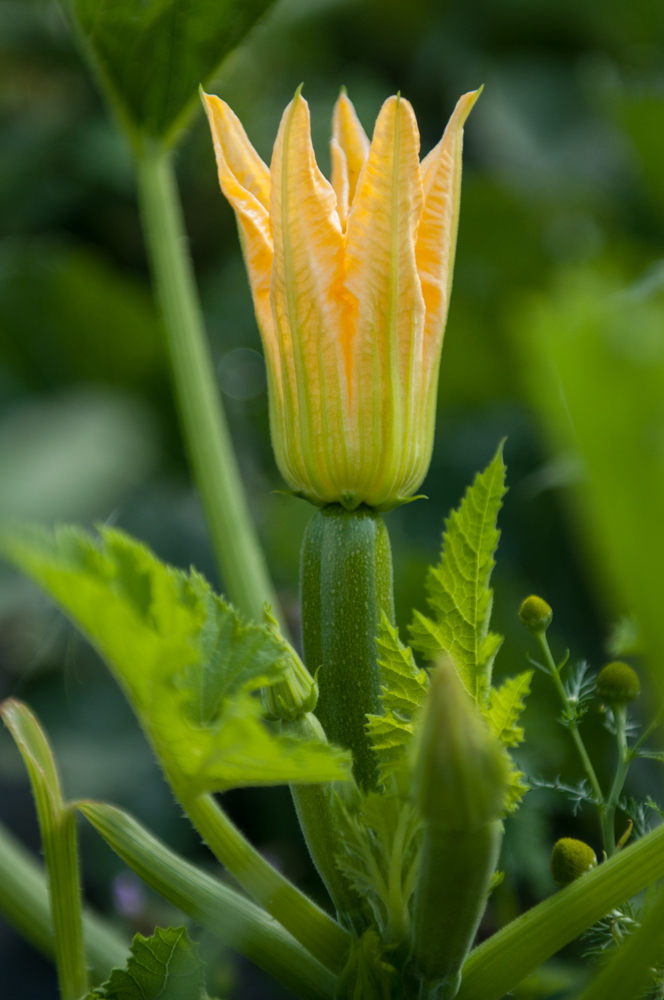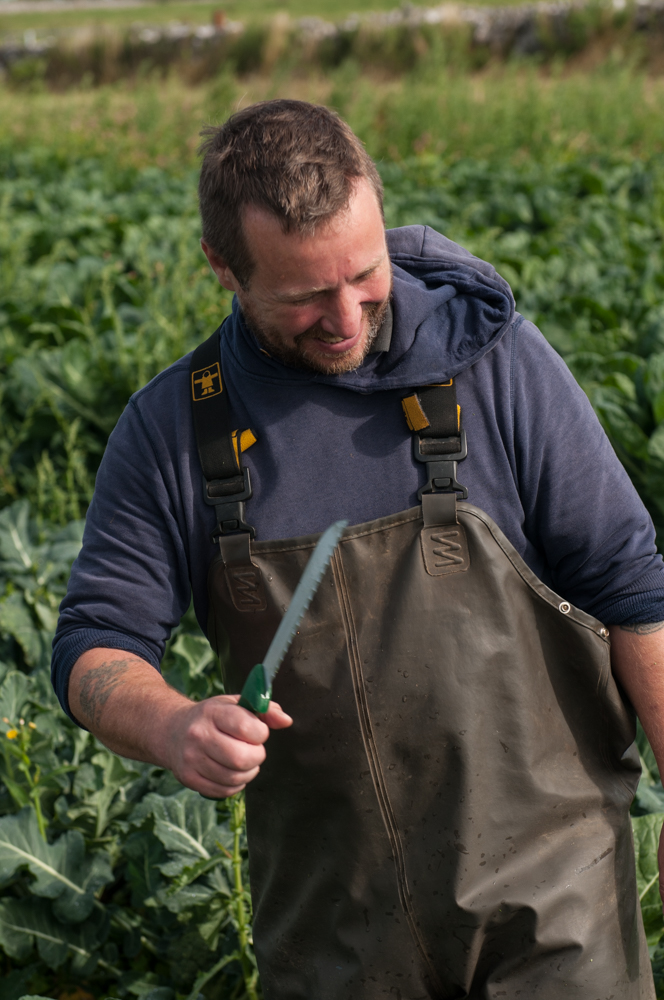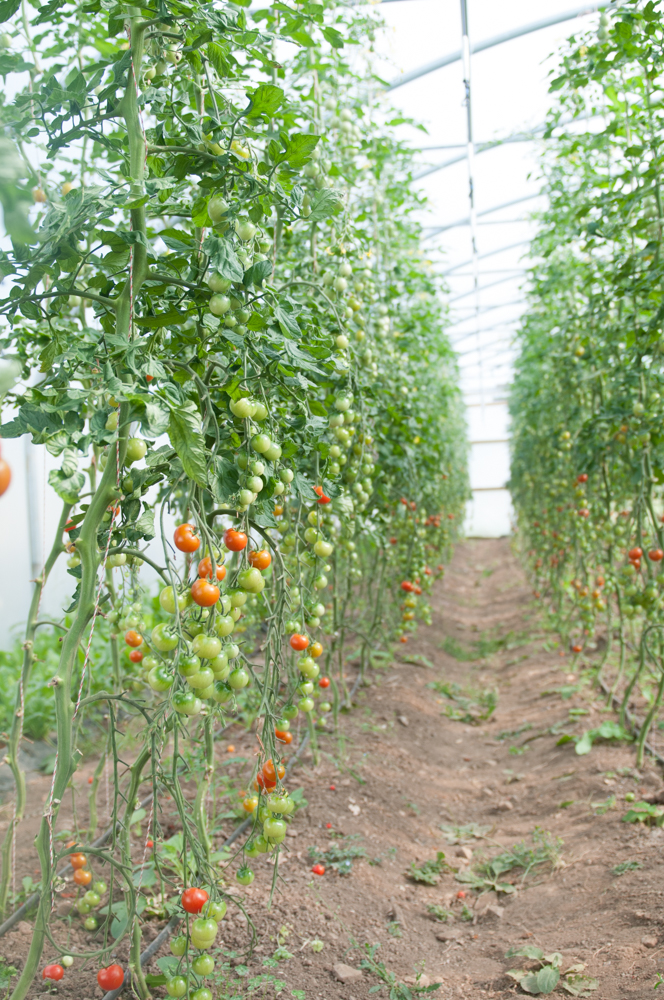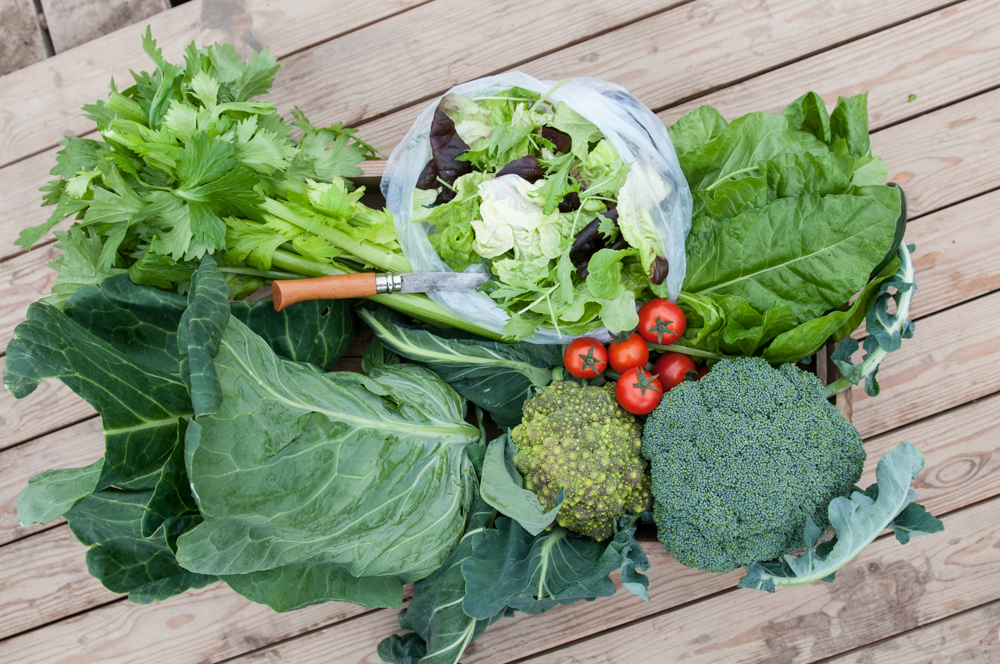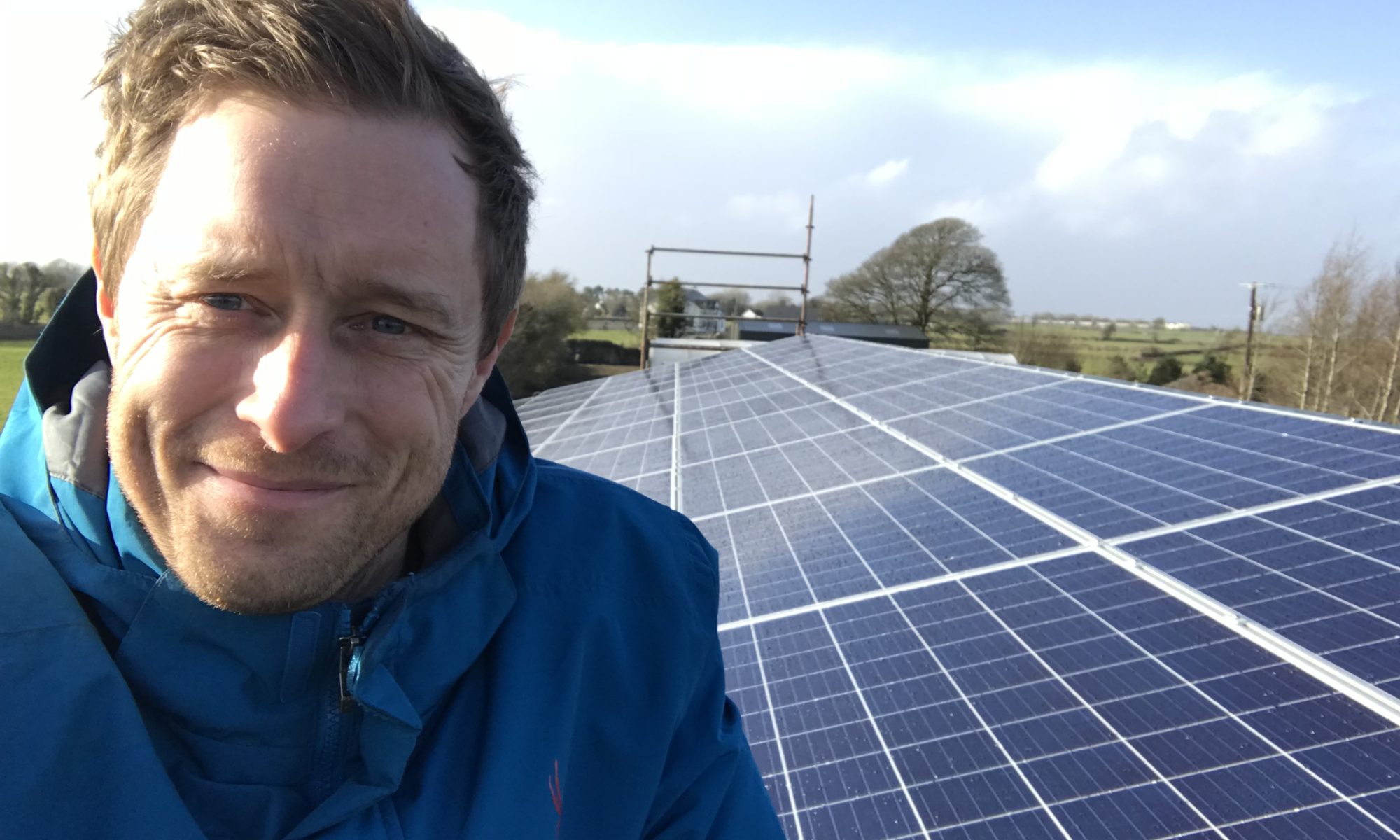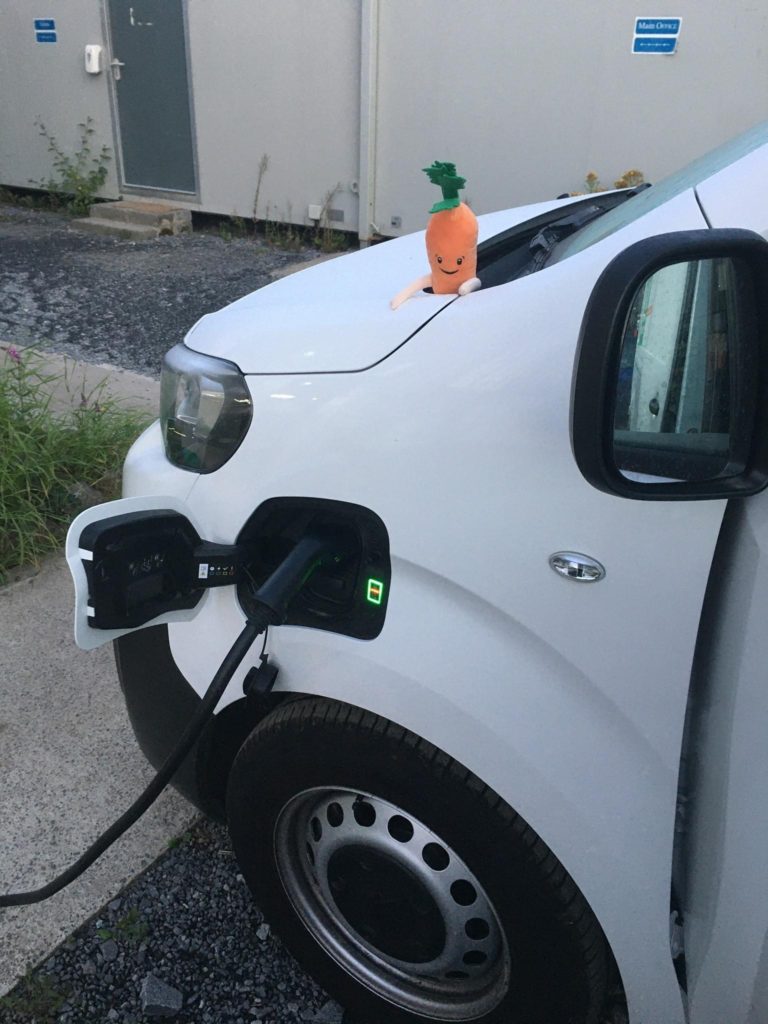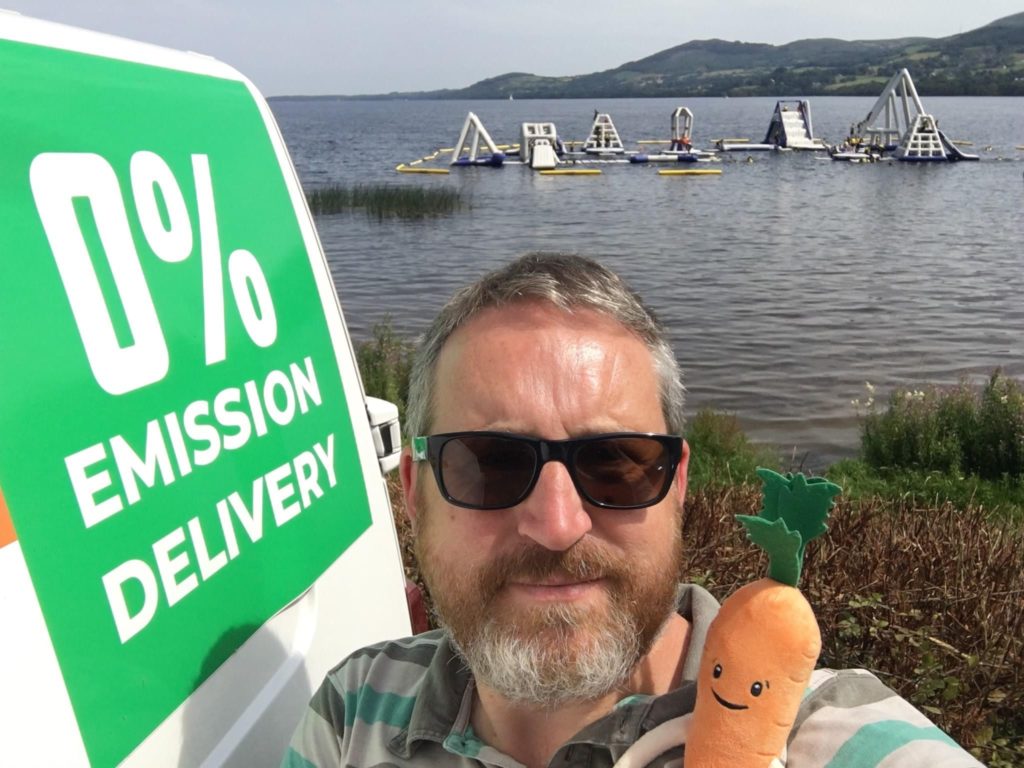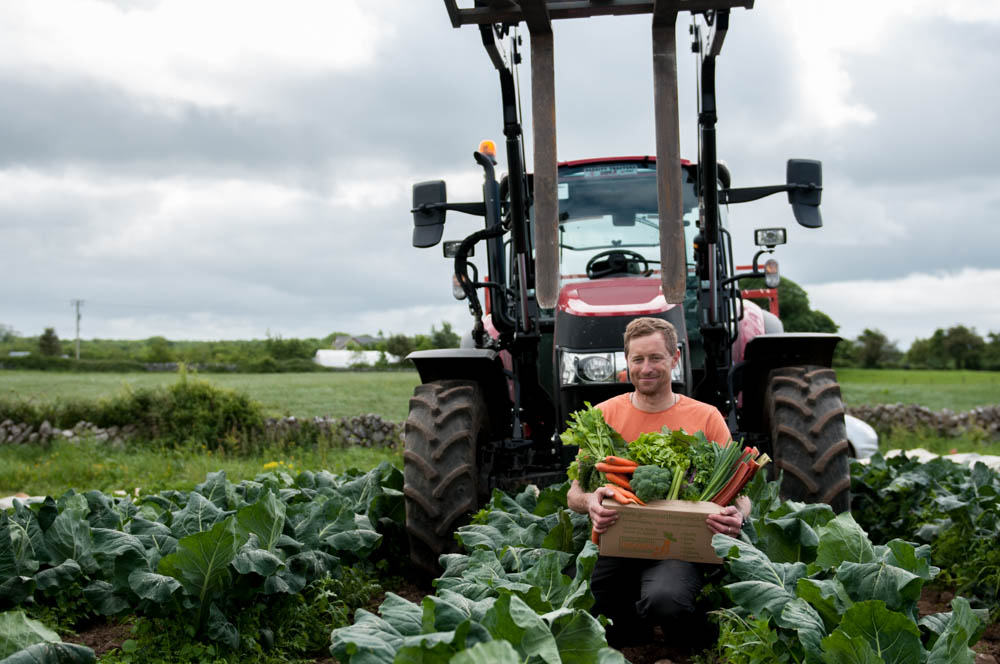
We (Jenny & Kenneth Keavey) started Green Earth Organics in 2006. Our organic farm is situated 8 miles from Galway City. Originally the land was Kenneth’s grand-father’s and then his father’s and finally we took over the farm 14 years ago. We put the farm into conversion for organic status in 2004.
Currently we are farming on 40 acres of organically certified land. Another 10 acres is split between a wild life biodiversity area, native woodland forestry (7000 trees) and red clover/grassland. We are certified organic by the IOA (Irish Organic Association) – please note that EVERYTHING we sell is organic.
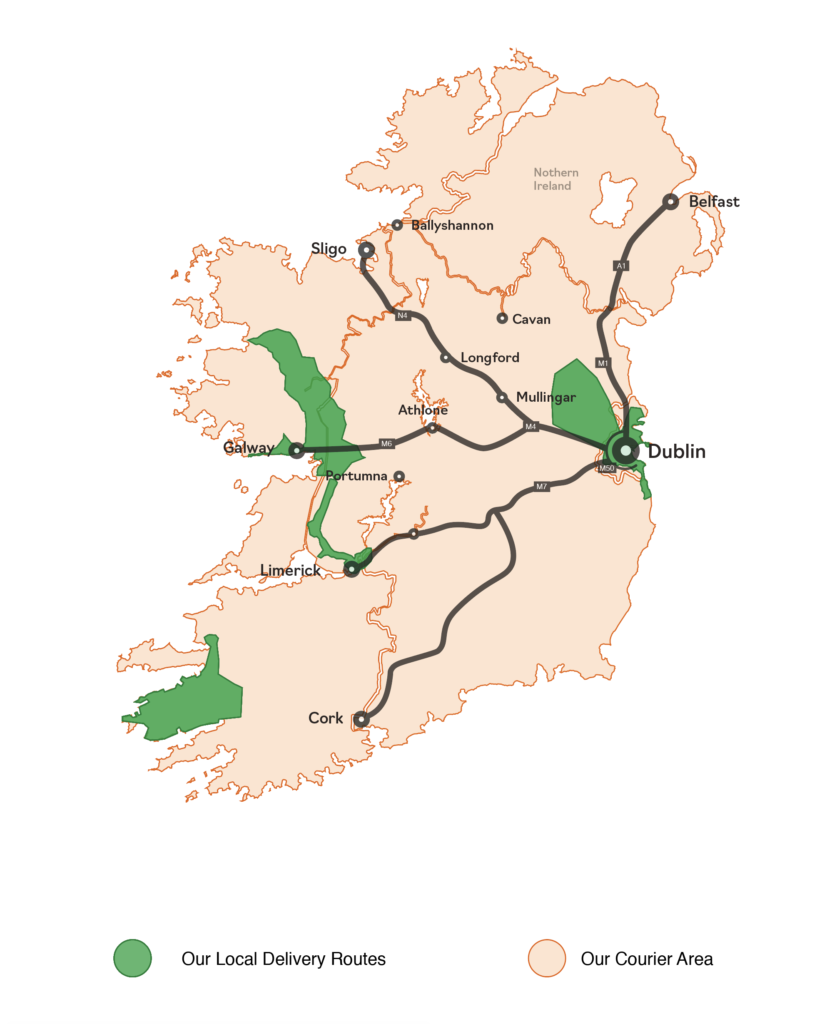
You can order online direct from us. We deliver to every county in Ireland – click here for more details about the ordering deadline and delivery days.
Our Commitment to Sustainability
Our aim at Green Earth Organics is to minimize the impact of our farm on the environment. We do this by growing our produce in an organic and sustainable way, by generating our own electricity using solar panels, and by harvesting the West of Ireland rainwater to wash the freshly picked veg and to water the plants in our tunnels.
As a business, we are striving to be carbon neutral and we’re actively looking for ways to reduce and eliminate the small amount of plastic packaging remaining in some of our boxes (this is mostly from grocery items – we are always looking to expand our plastic free grocery options so keep checking back on those).

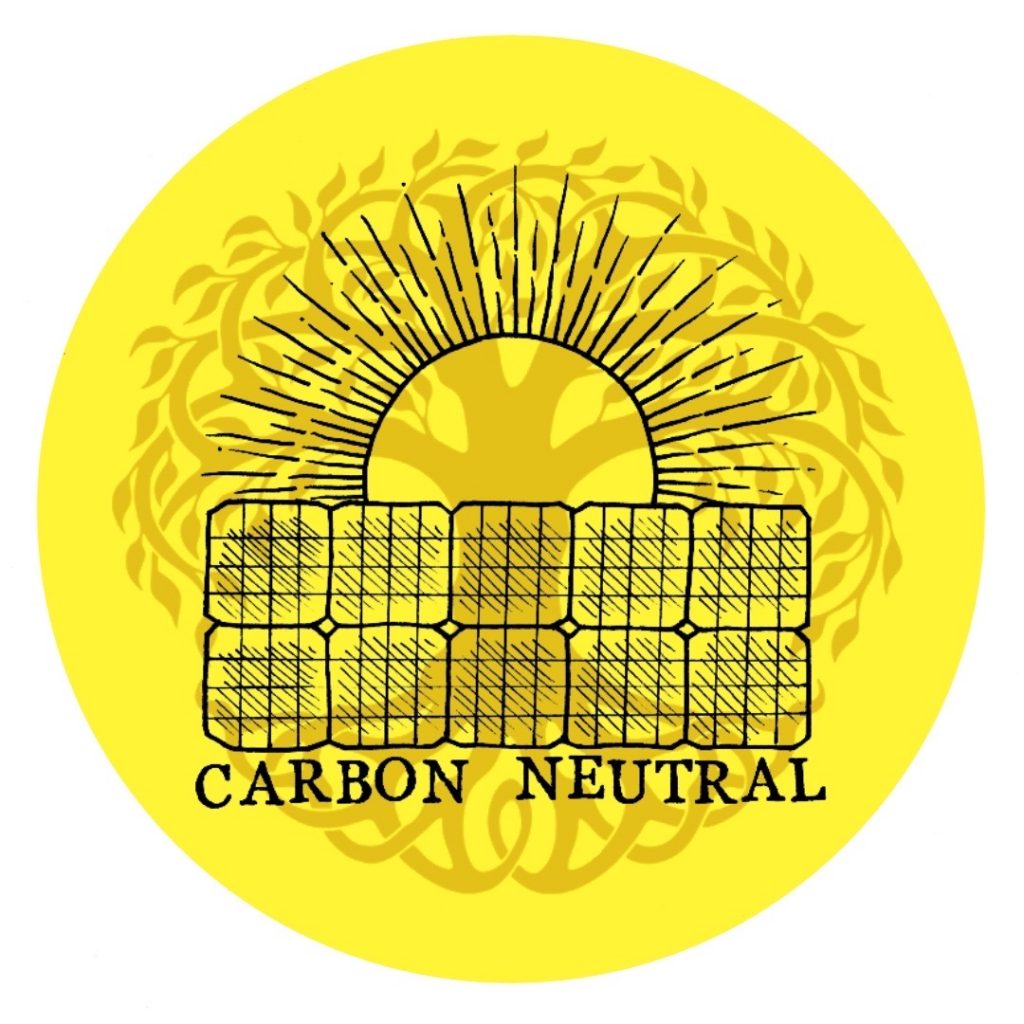
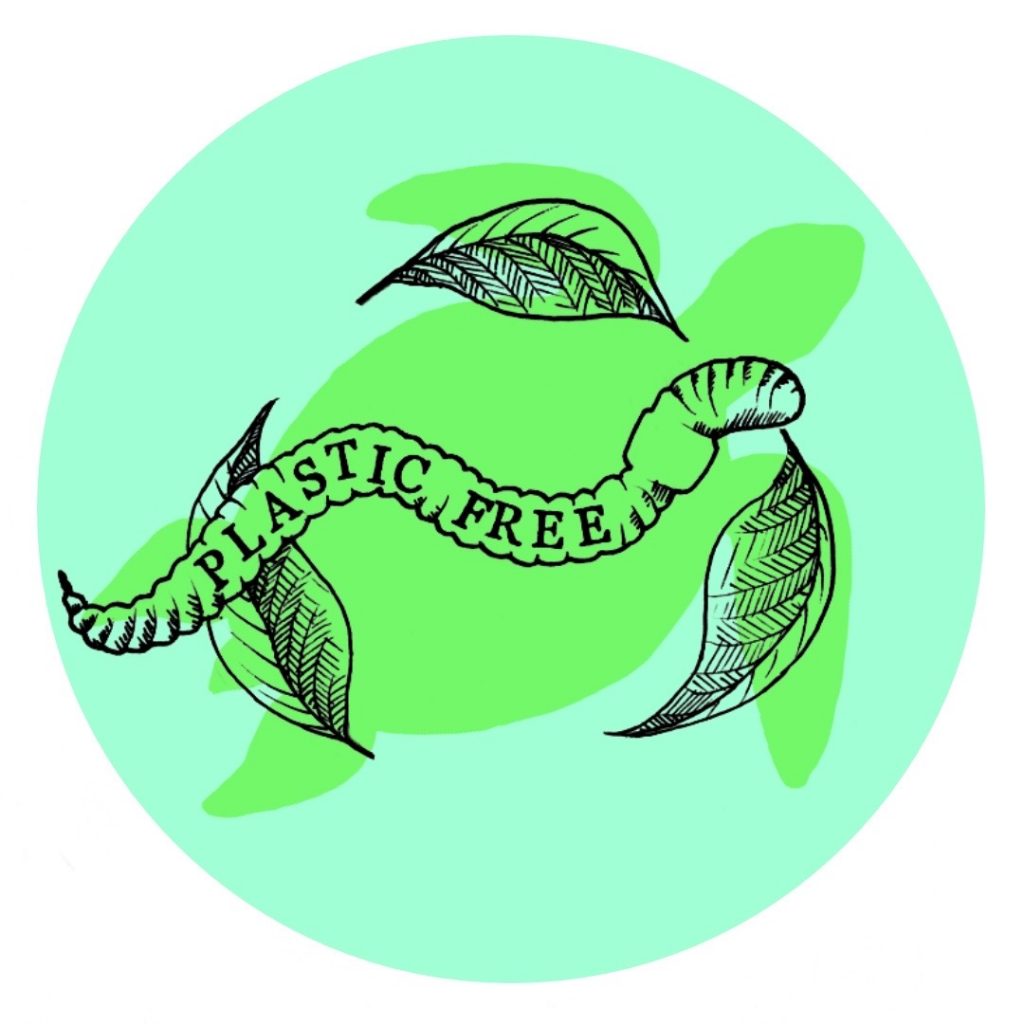
All our set boxes are PLASTIC FREE, we use compostable bags for salads and greens.
All of our other fresh produce is packed either loose or in brown paper bags which we take back and re-use every week.
We also have a box that contains 100% Irish Veg which you can order here. Thank you for your support – we really appreciate it.
Currently there are 45 employees in total across the farm, packing team and administration team. We also take on students and interns and employ seasonal workers at certain times of the year. You can check out our vacancies here.
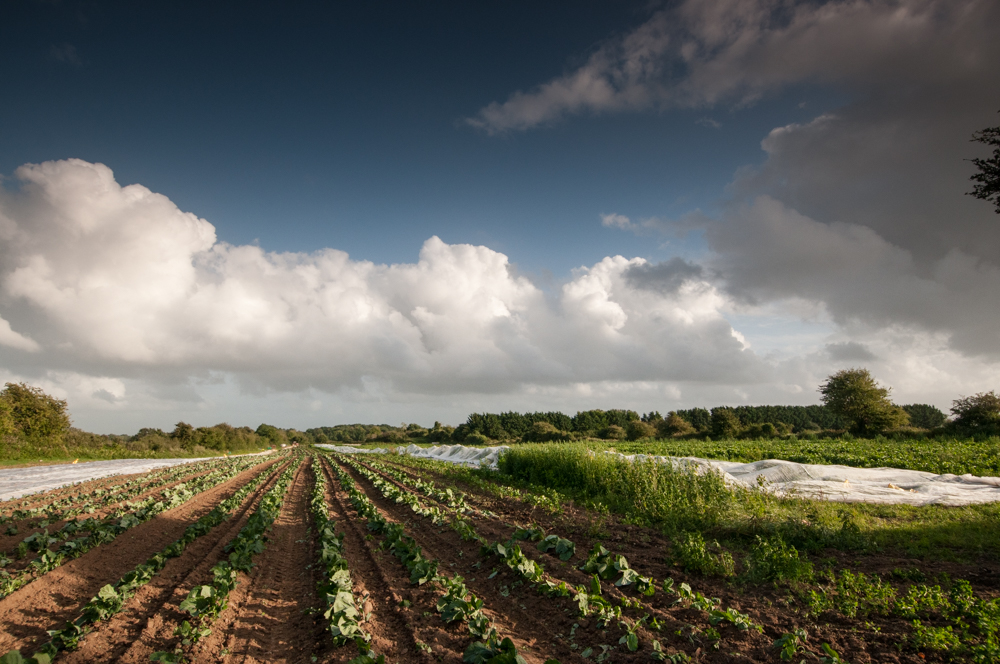
We have 6 polytunnels and grow a wide range of crops both indoors and in the field. Over the course of a year, a typical seasonal box will contain 80% local, organic produce.
We buy produce from other Irish suppliers and we also import organically certified veg and fruit in order to be able to offer a full selection of produce year round. We never use airfreight!
At Green Earth Organics, we care deeply about the environment and believe that people should be able to choose foods that are grown as nature intended, taste fantastic and add to their wellbeing.
Sustainability and health is at the centre of all business decisions we take.
